Sticky rice is believed to be the first starchy food source of the Vietnamese people, when the ancestors of the nation began to enter the era of agricultural culture of planting and harvesting three or four thousand years ago.

Perhaps that is why, every time there is an anniversary or Tet, to remember, pray for and honor the original values of our ancestors, sticky rice, not regular rice, is always the raw material for processing and making offerings for Vietnamese people.

The shiny, pristine sticky rice dishes are solemnly placed on altars with fragrant incense smoke and then lowered onto the dining trays and banquet tables, having gone through thousands of years of celebrating Tet and worshiping the dead of the Vietnamese people.

The method of using sticky rice to make cakes has also been passed down since the time of the Hung Kings when they first founded the country. The first sticky rice cakes of ancient Vietnamese culture had the premise and suggestion of two essential aspects: "Shaping" and "Packaging", from the ancient people using bamboo tubes to contain sticky rice mixed with enough water and then "lam" (cooking with heat) into round, fragrant, delicious "com lam" bars. Therefore, using leaves to wrap sticky rice into round, cylindrical cakes, then "chung" (boil) them into cakes, is the way to make traditional national cakes of the ancient people.

Because, the vast leaves in the tropical and subtropical natural environment have always been generous, familiar friends of the farmer's life. As for the round cylinder, for the past three or four thousand years, it has always been a fertility belief in the spiritual life of the residents - the owners of ancient agricultural civilizations - recognizing the similarity with the reproductive object for survival and reproduction of men, so they chose to sublimate, sanctify into a symbol, always practicing worship rituals, within the category of this type of belief.

The cylindrical cakes, wrapped in leaves, which the Northern Vietnamese language calls “Banh Tay” (a cake with two “Tay” ends, a “pestle” shaped cake, a cake of the “Tay people”), and the Southern language calls “Banh Tet” (a cake of and for Tet), were born in that context and from here, became evidence of a rather typical and interesting characteristic of Vietnamese culture. While, in the civilized and cultural regions of Hinduism, such as Chenla, Champa… for example, people used fine arts – stone sculptures to represent and worship the “genitals” of men, turning them into majestic and strong “Lingas”, in Vietnam, the residents of fertility beliefs expressed it through… food, into… delicious and “full-bodied” cakes!
Heritage Magazine


![[Photo] Military doctors in the epicenter of Myanmar](https://vstatic.vietnam.vn/vietnam/resource/IMAGE/2025/4/6/fccc76d89b12455c86e813ae7564a0af)

![[Photo] Prime Minister Pham Minh Chinh chairs the regular Government meeting in March](https://vstatic.vietnam.vn/vietnam/resource/IMAGE/2025/4/6/8393ea0517b54f6791237802fe46343b)
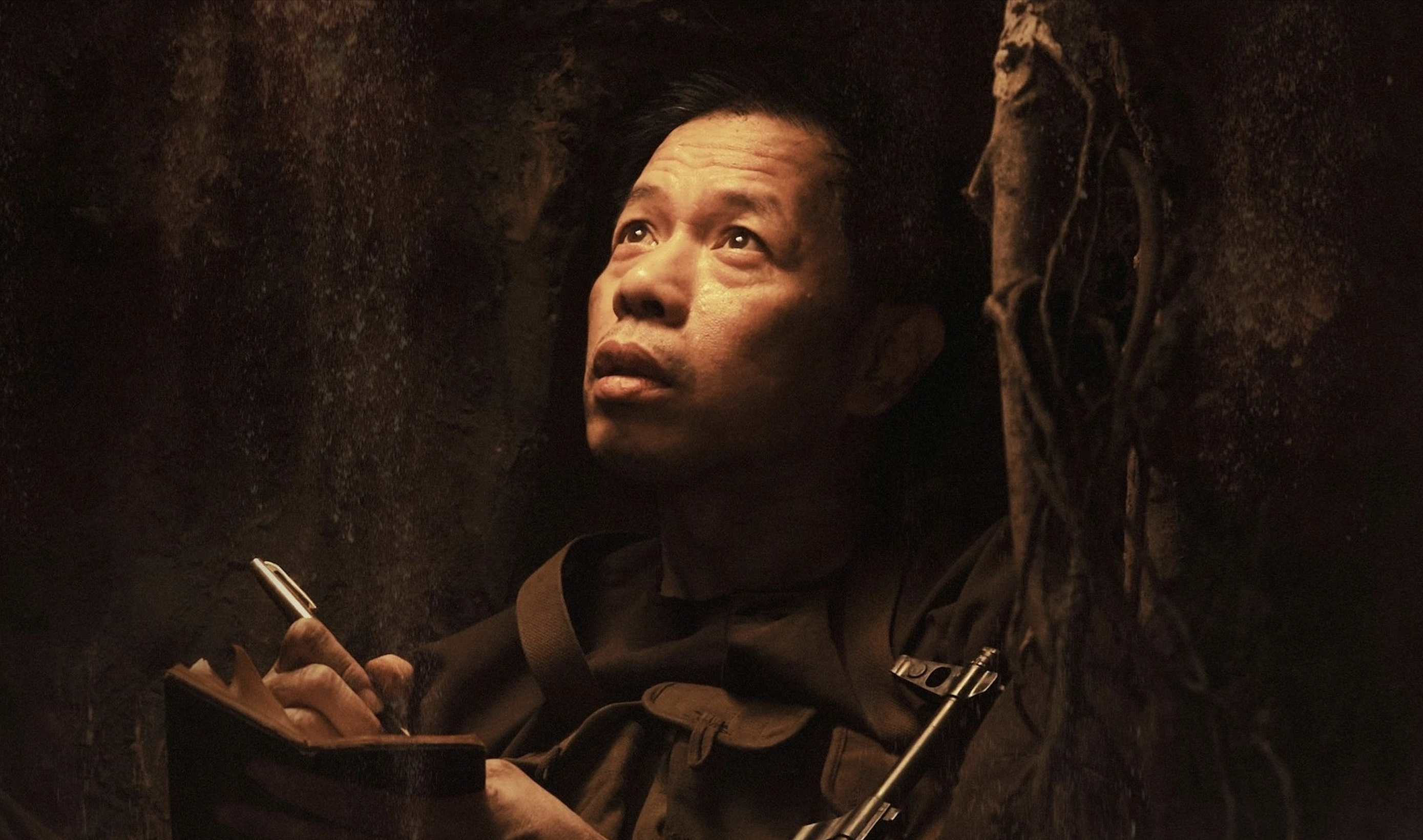
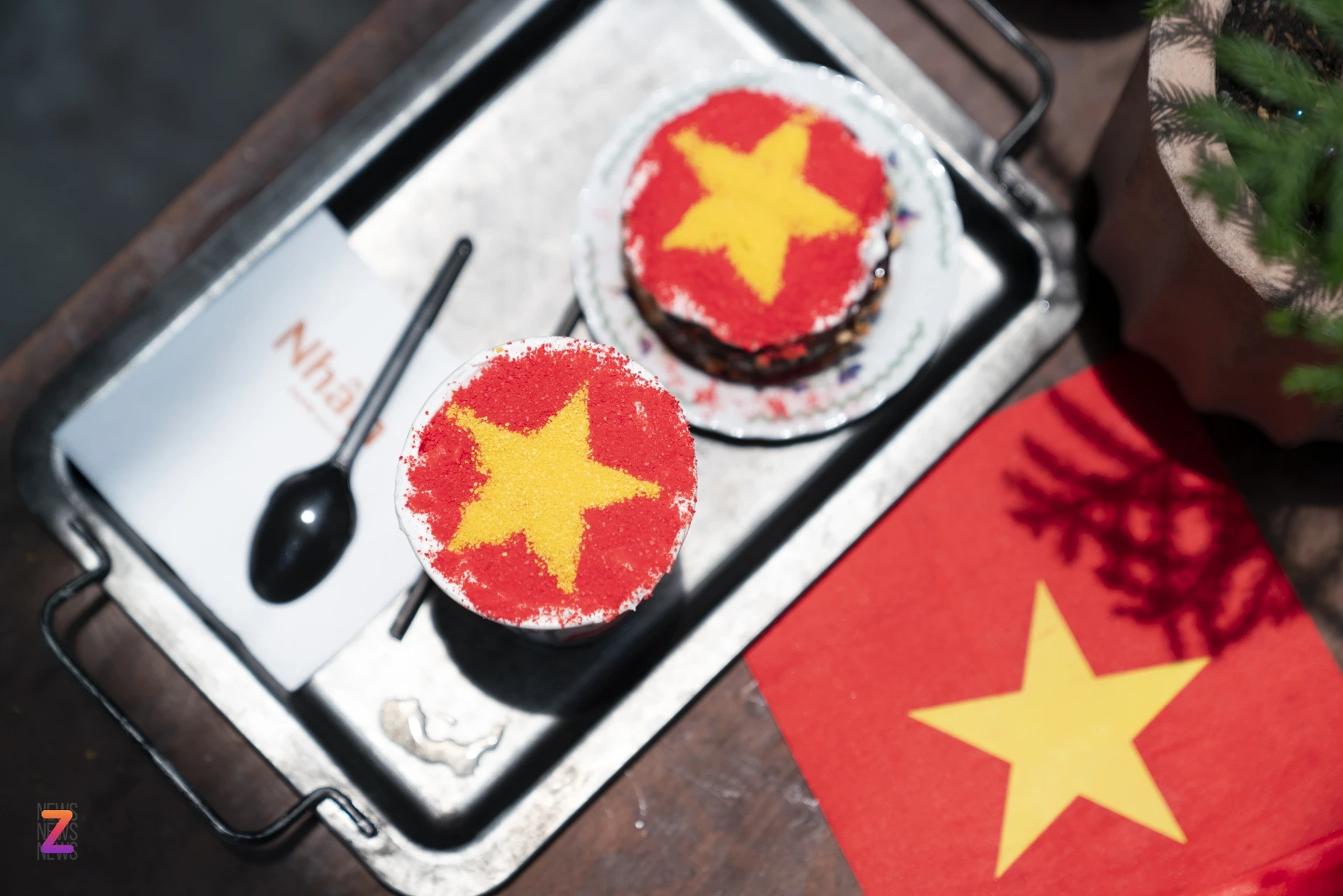
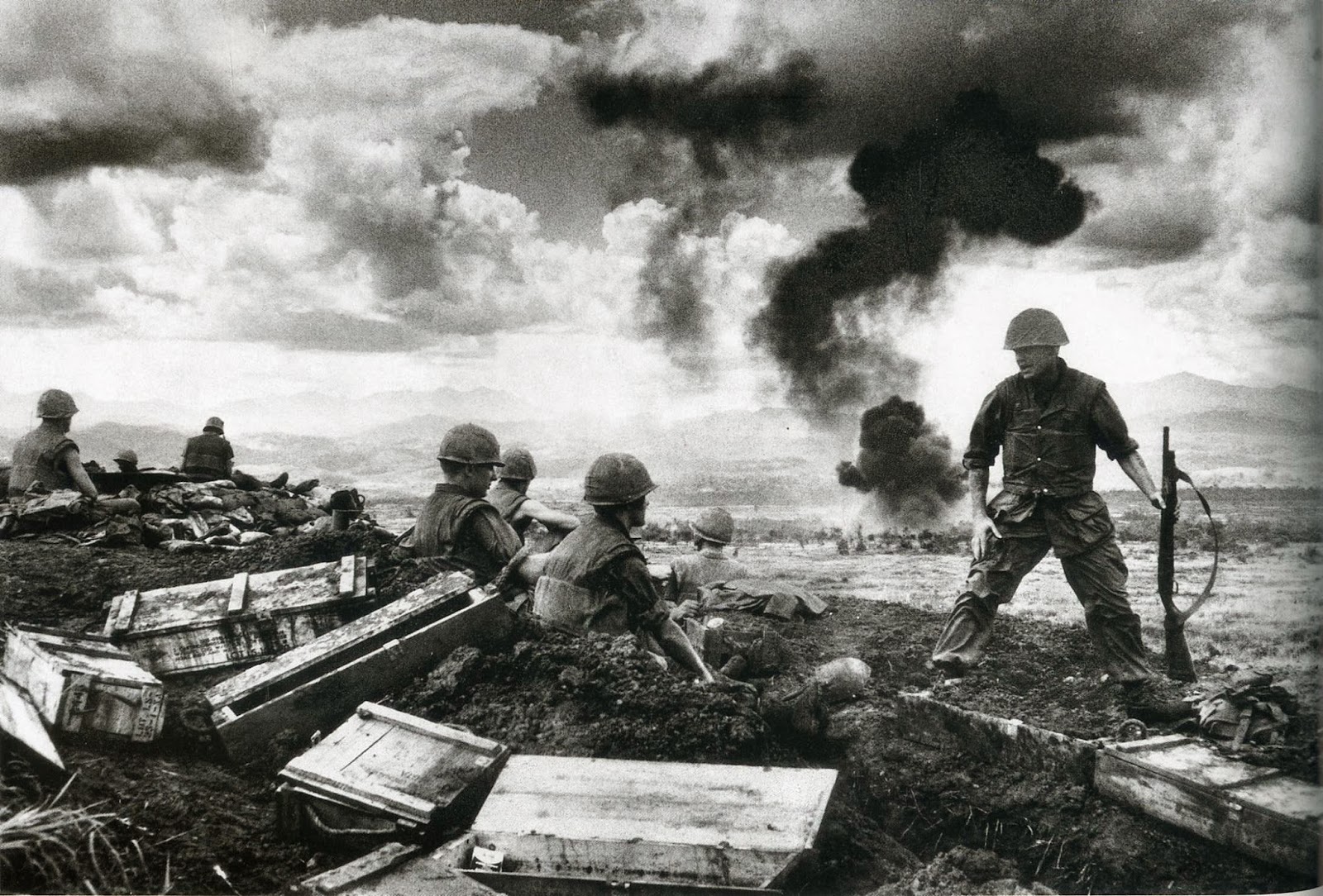
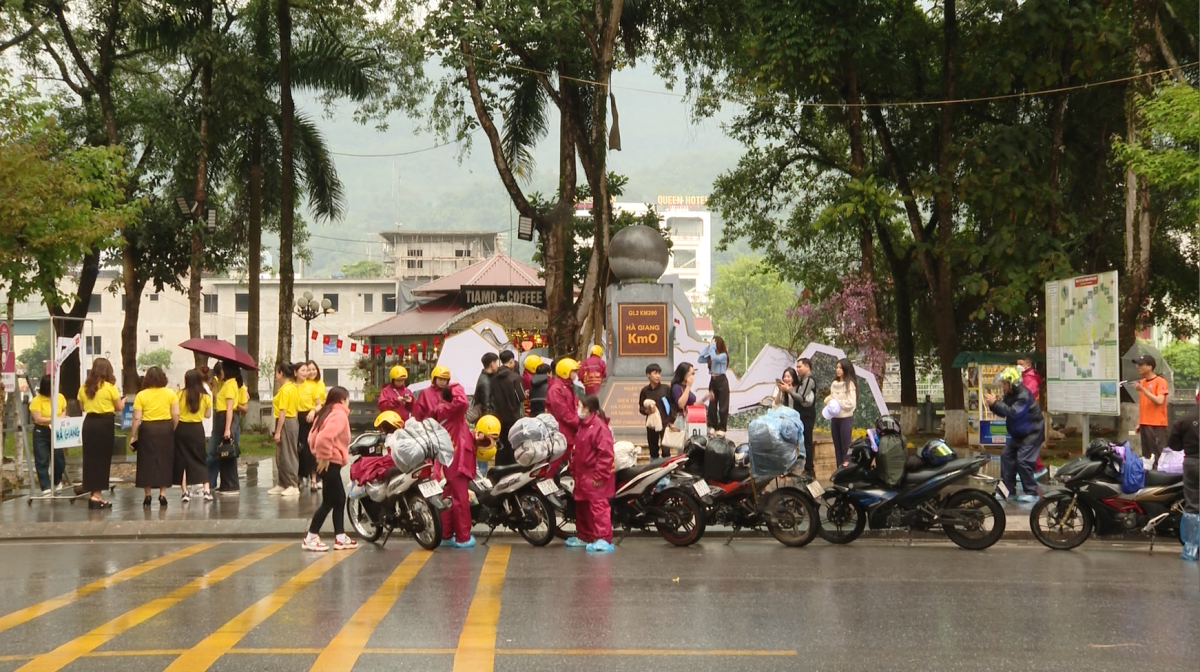

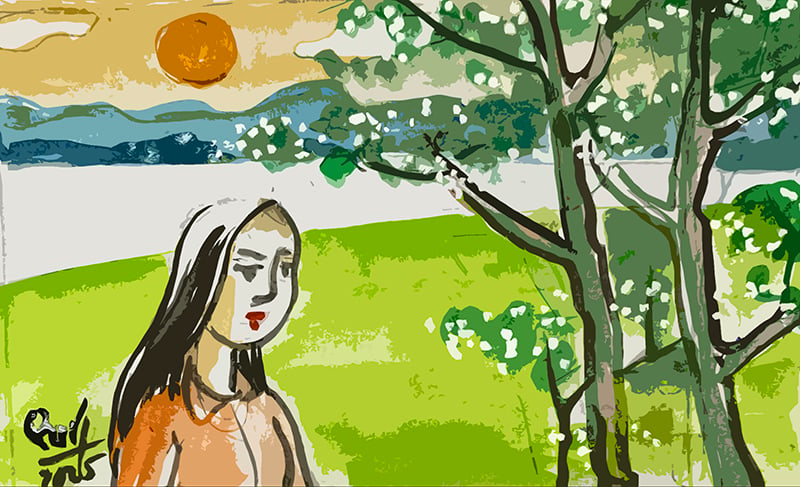
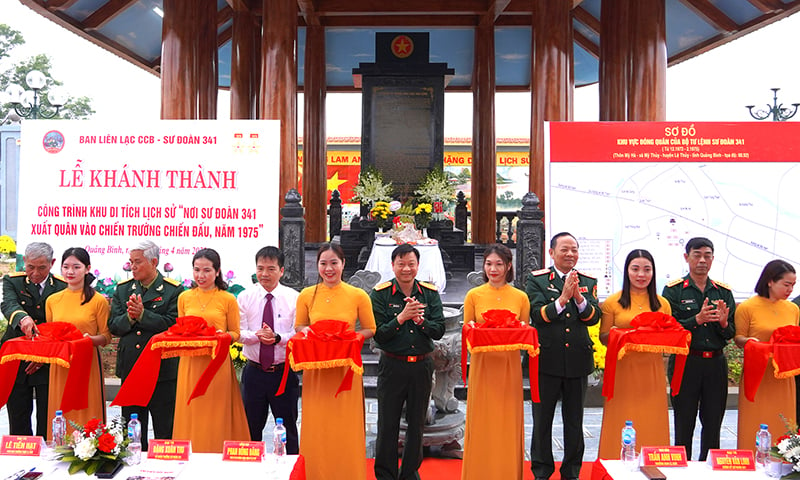
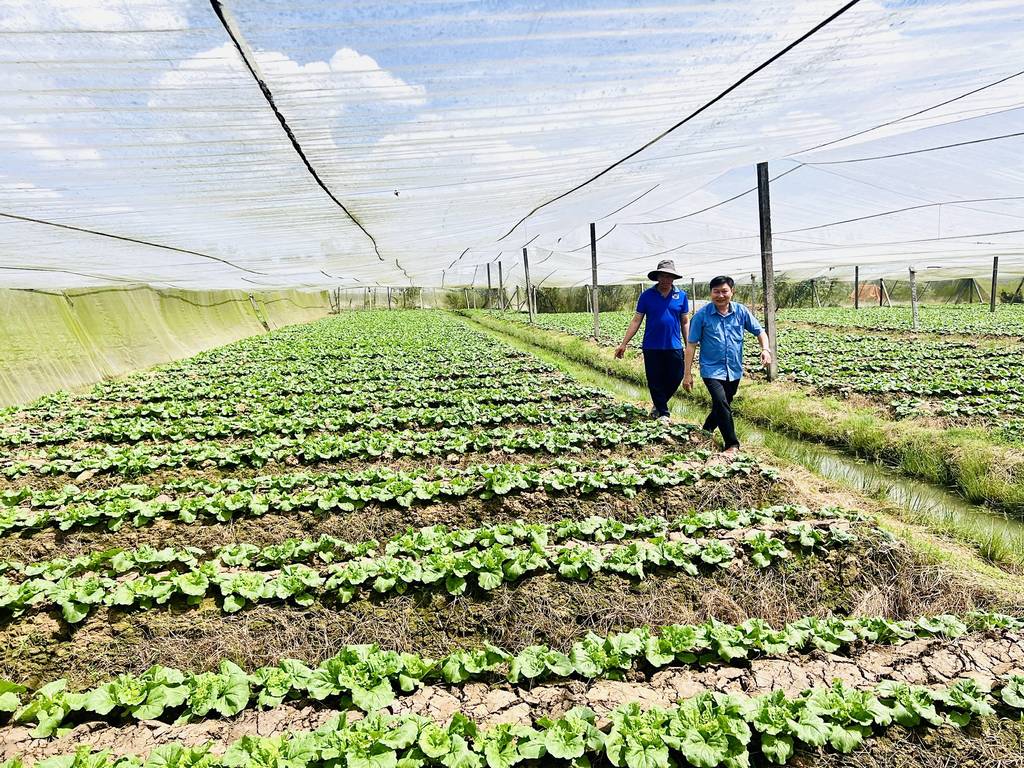
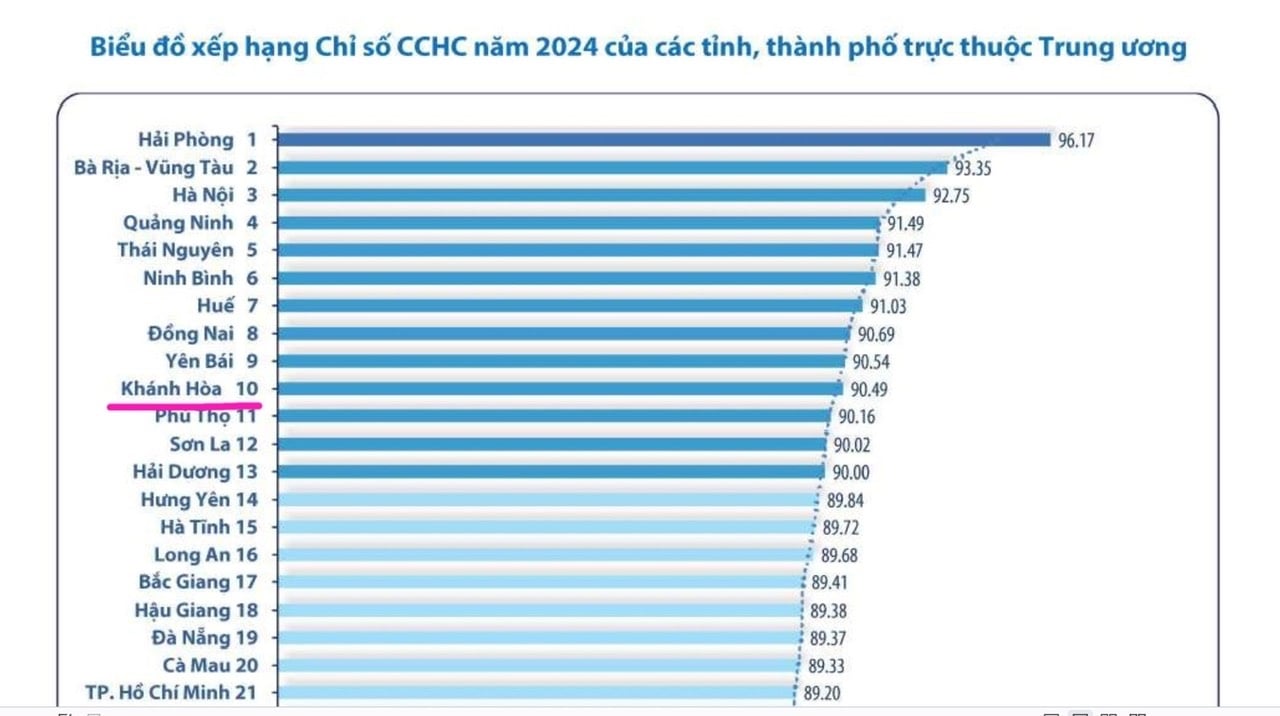

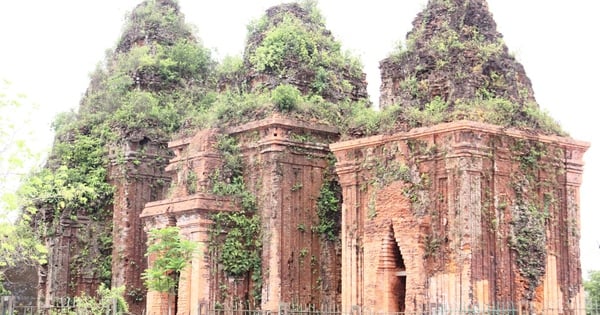

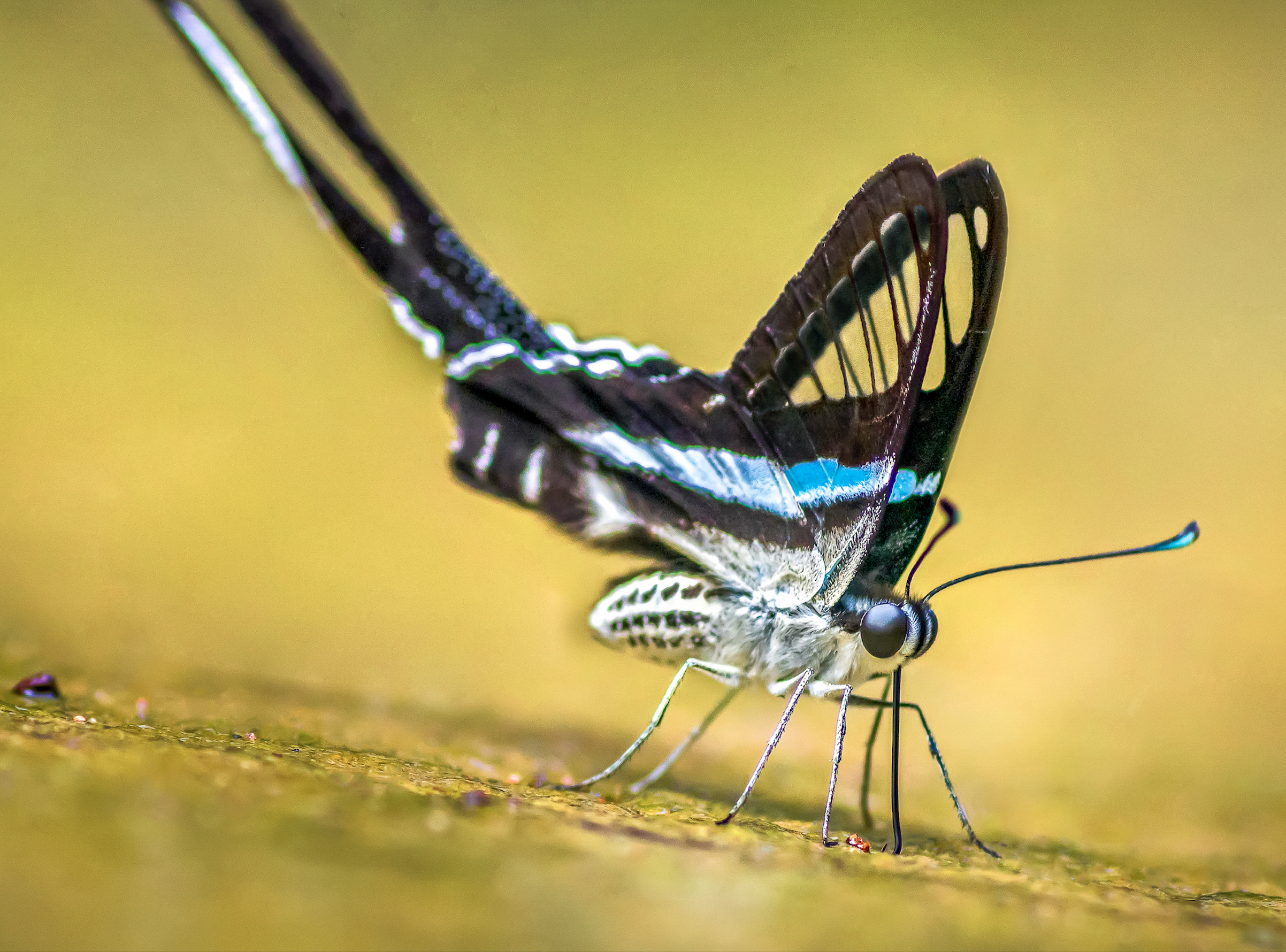


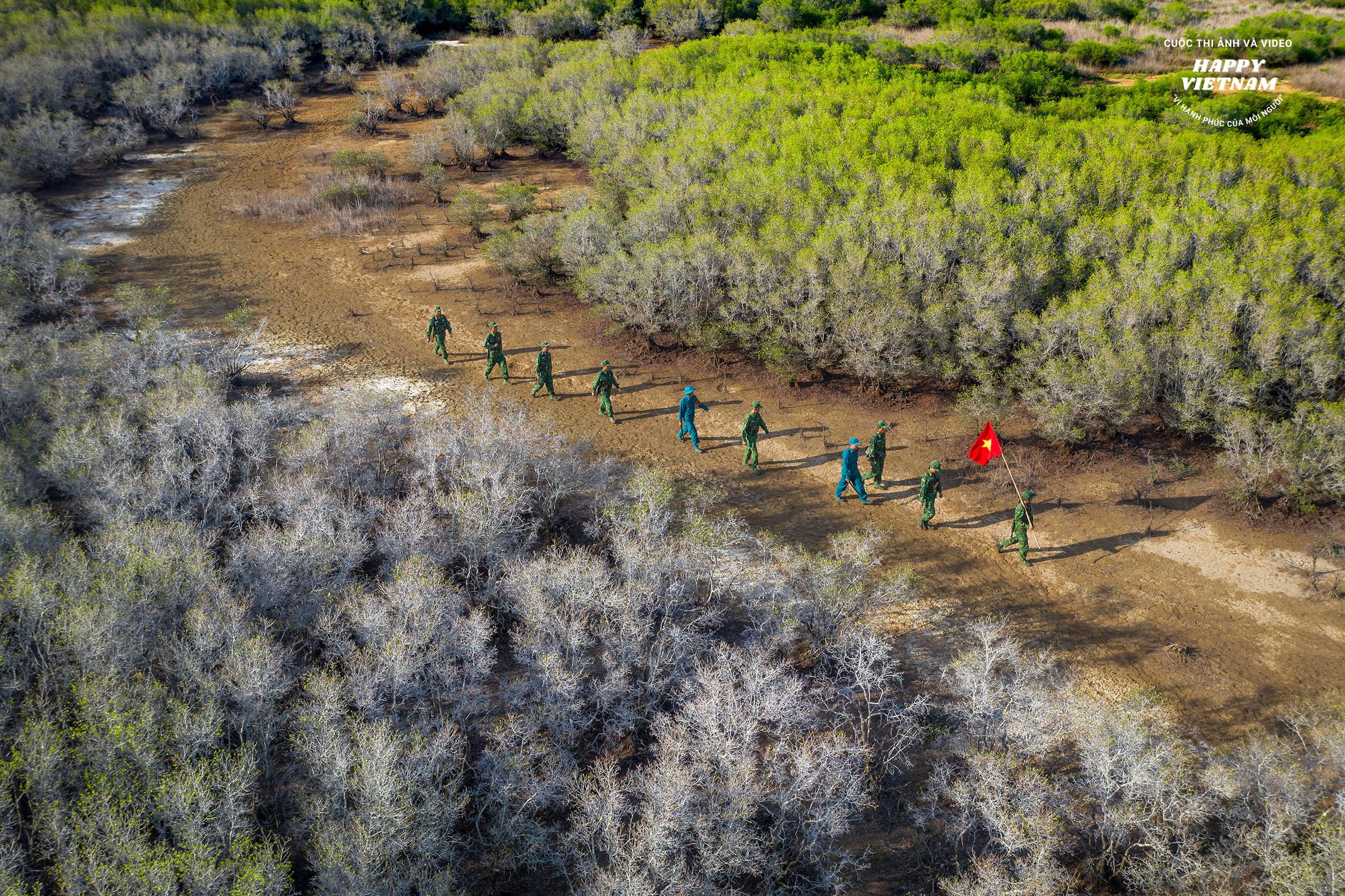





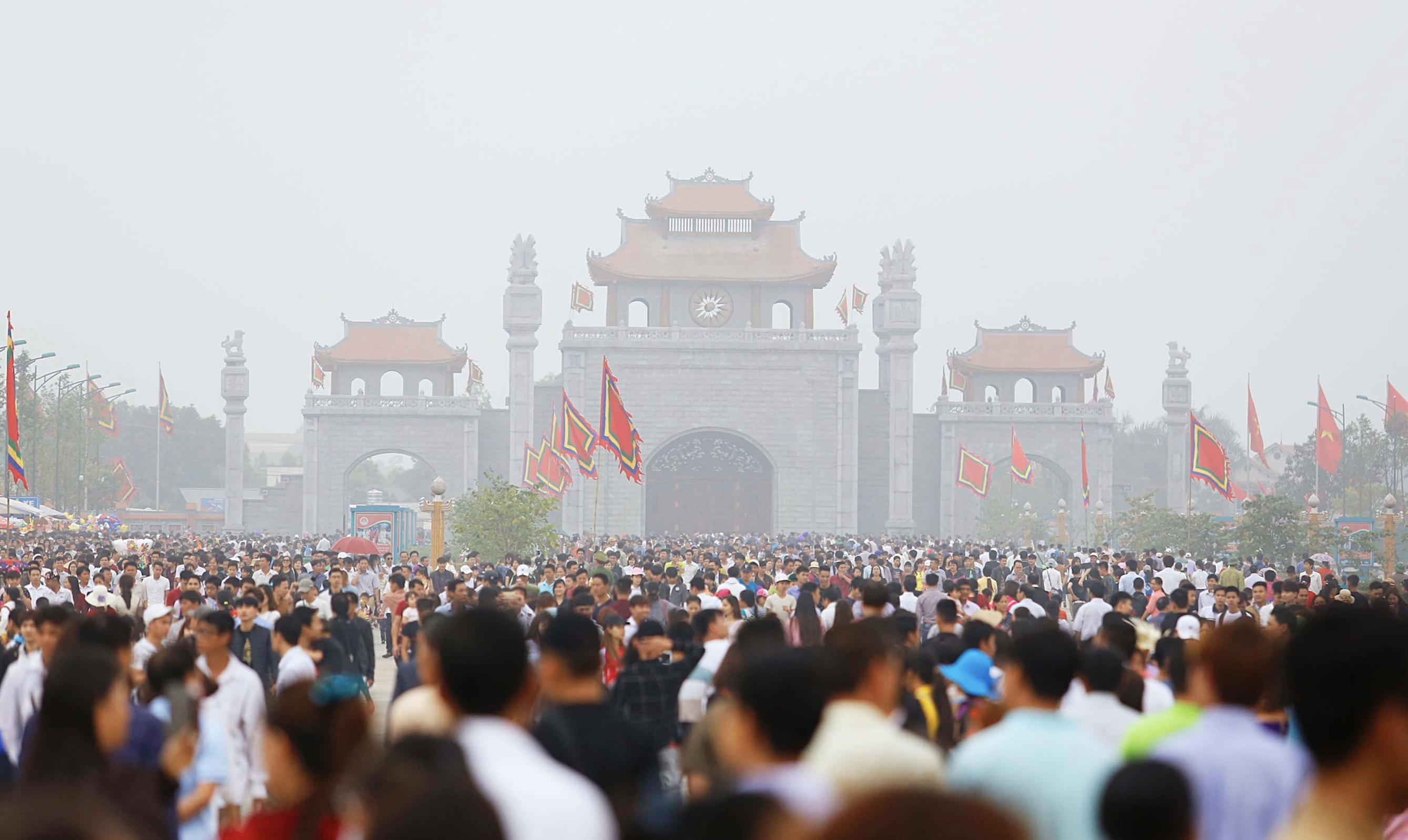
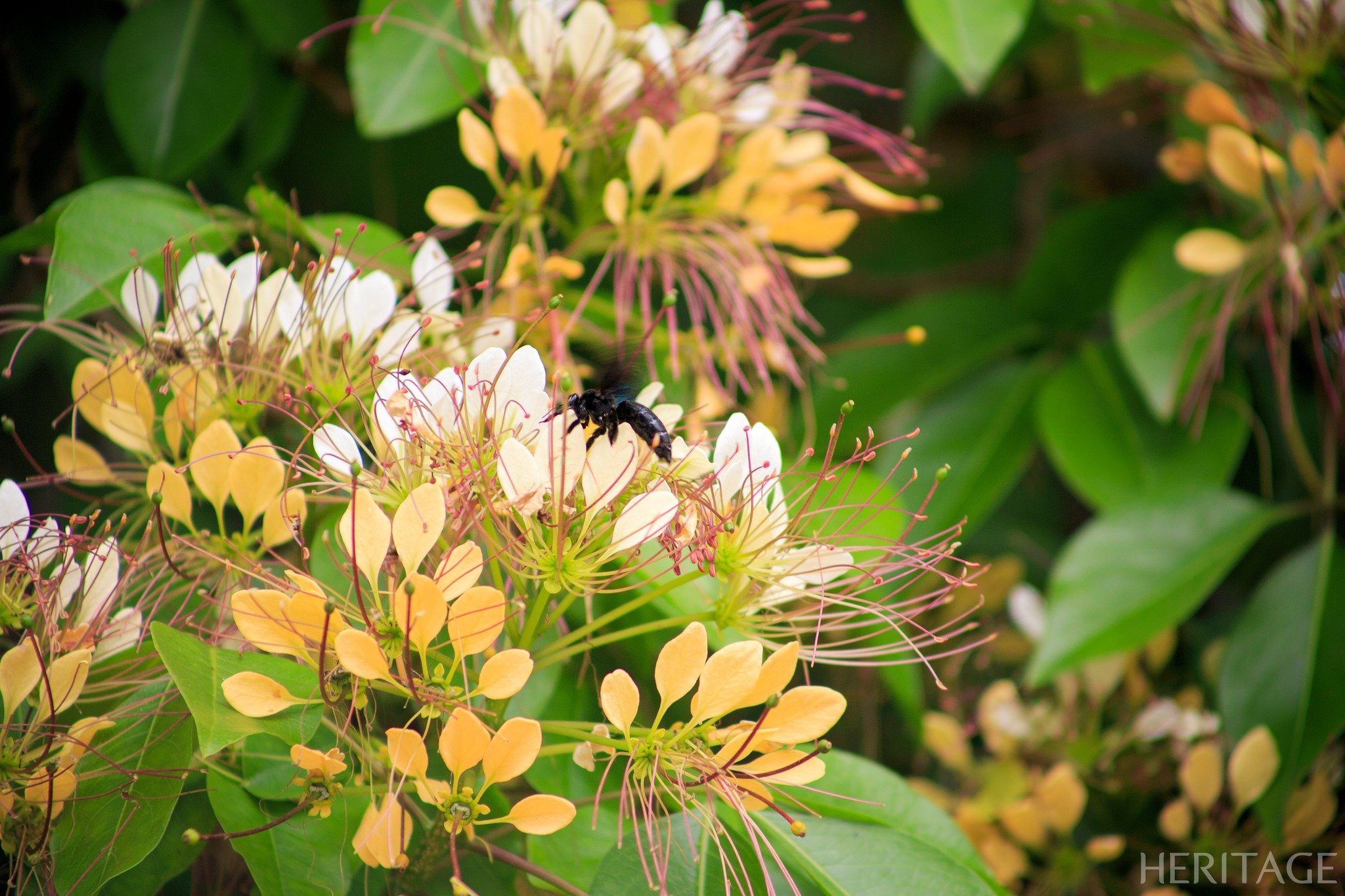

![[Photo] Quang Binh: Bright yellow vermicelli flowers in Le Thuy village](https://vstatic.vietnam.vn/vietnam/resource/IMAGE/2025/4/6/80efad70a1d8452581981f8bdccabc9d)
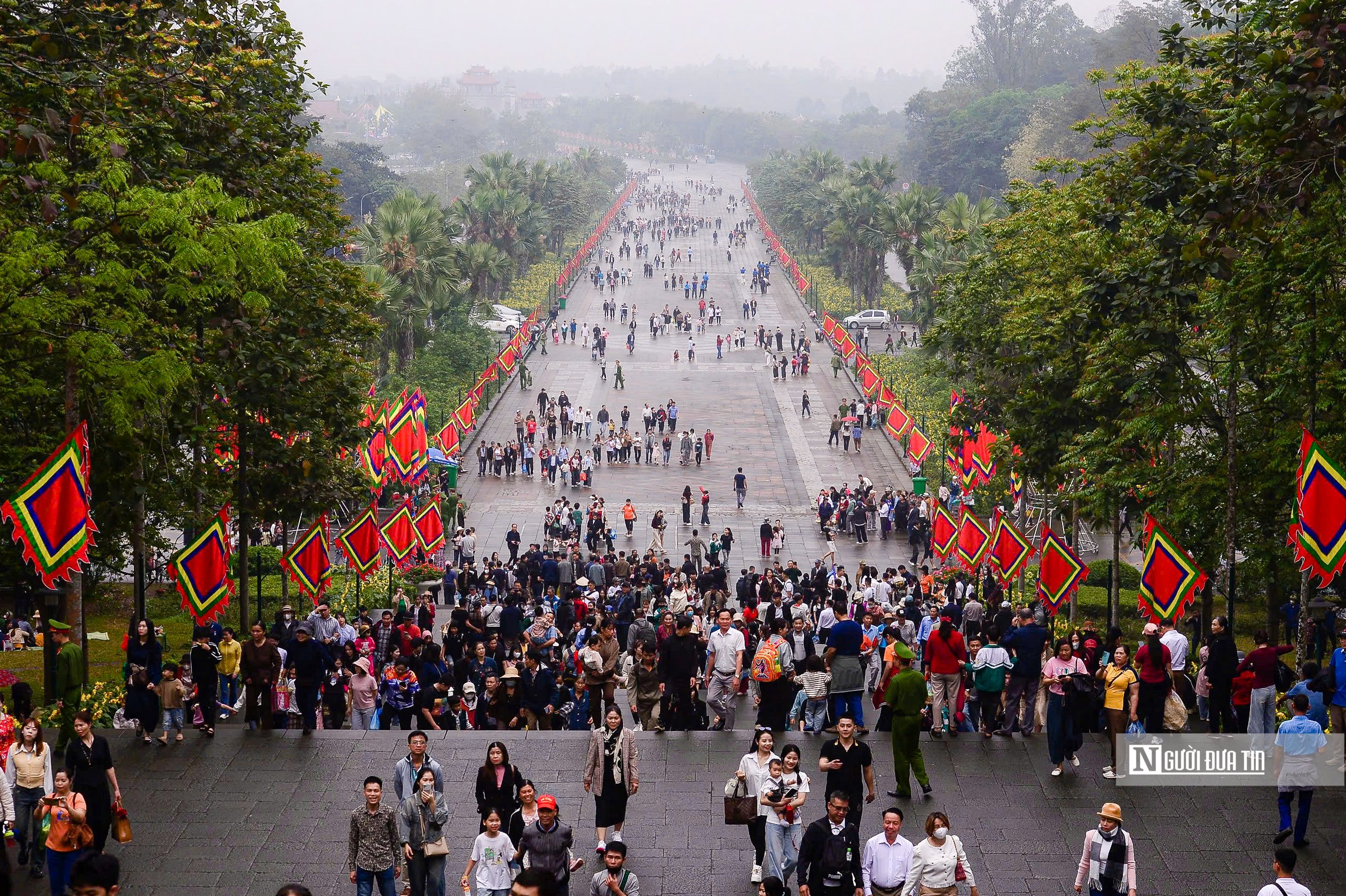
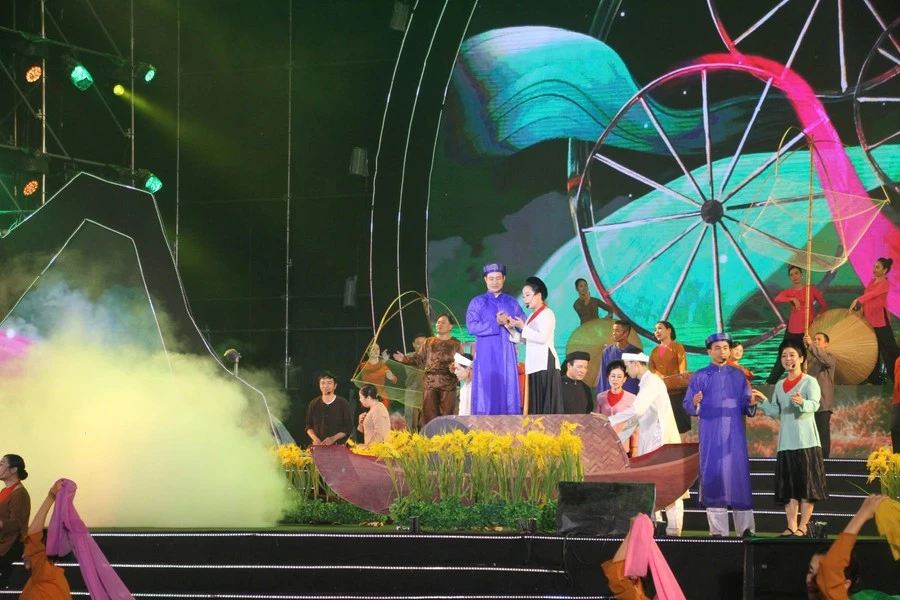

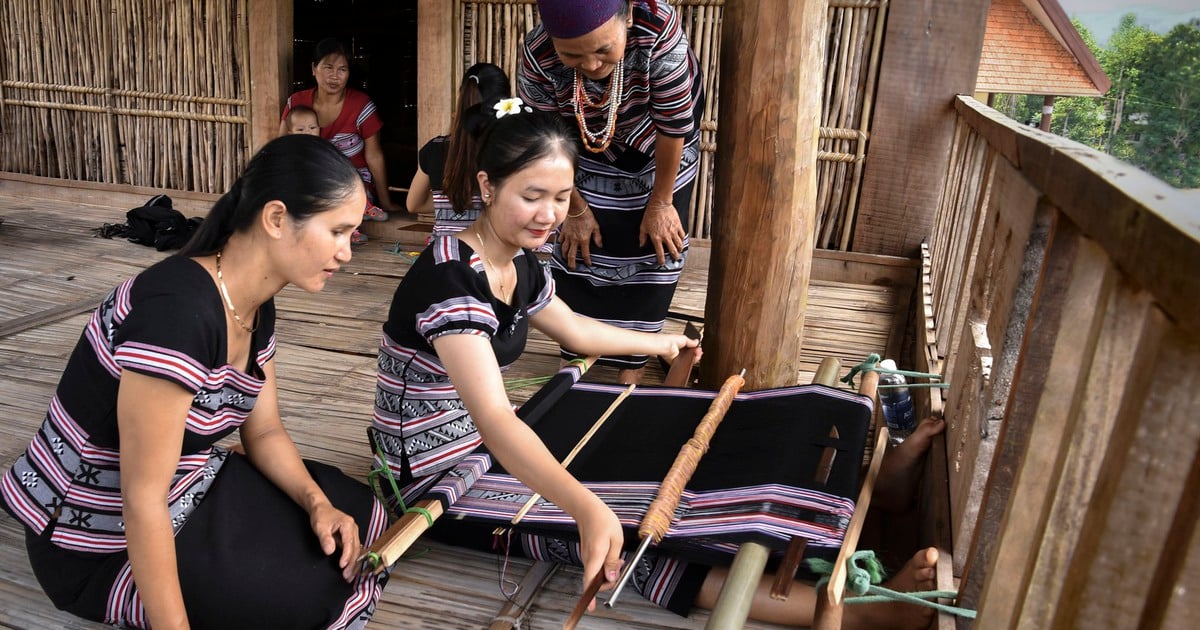

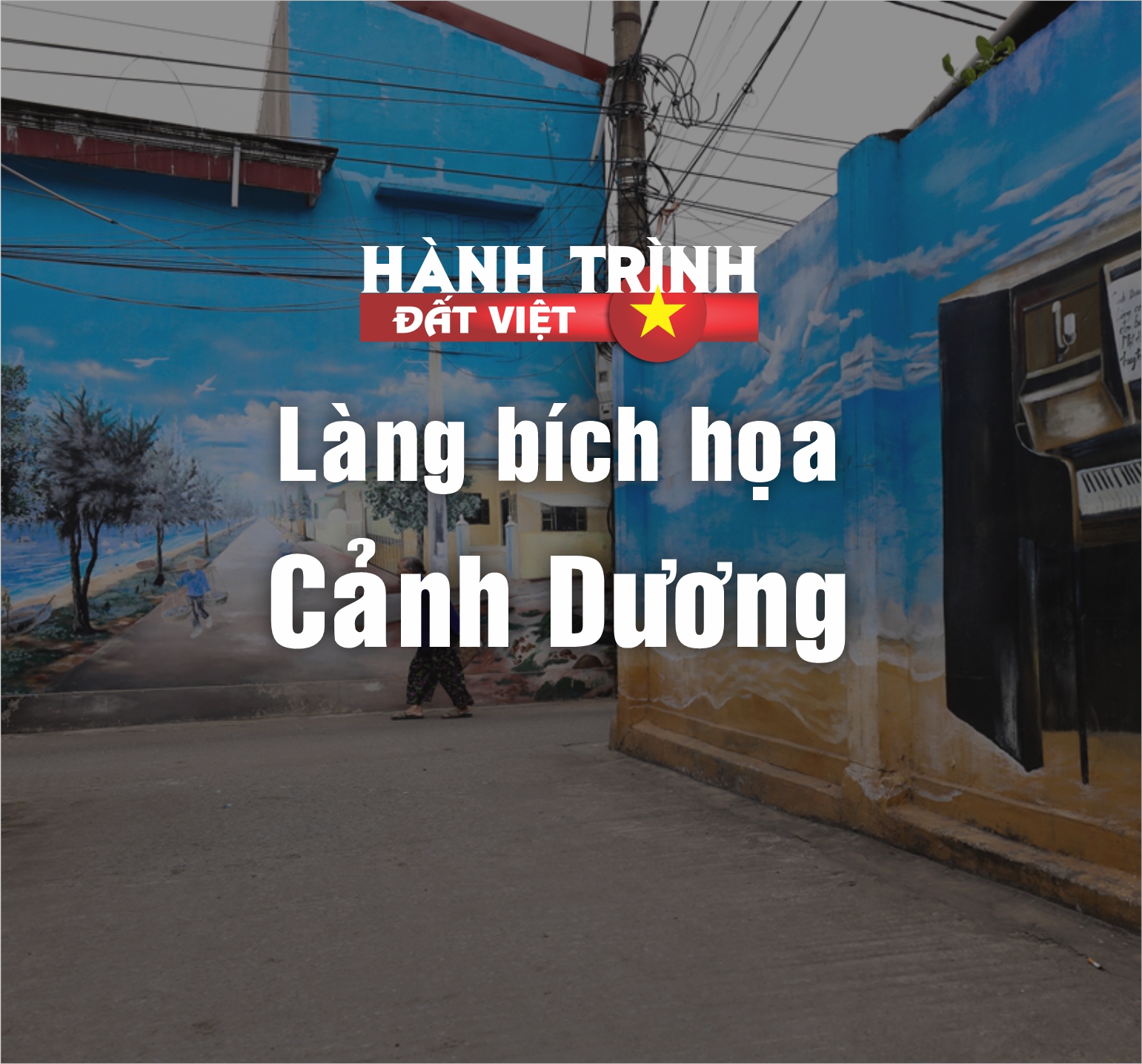

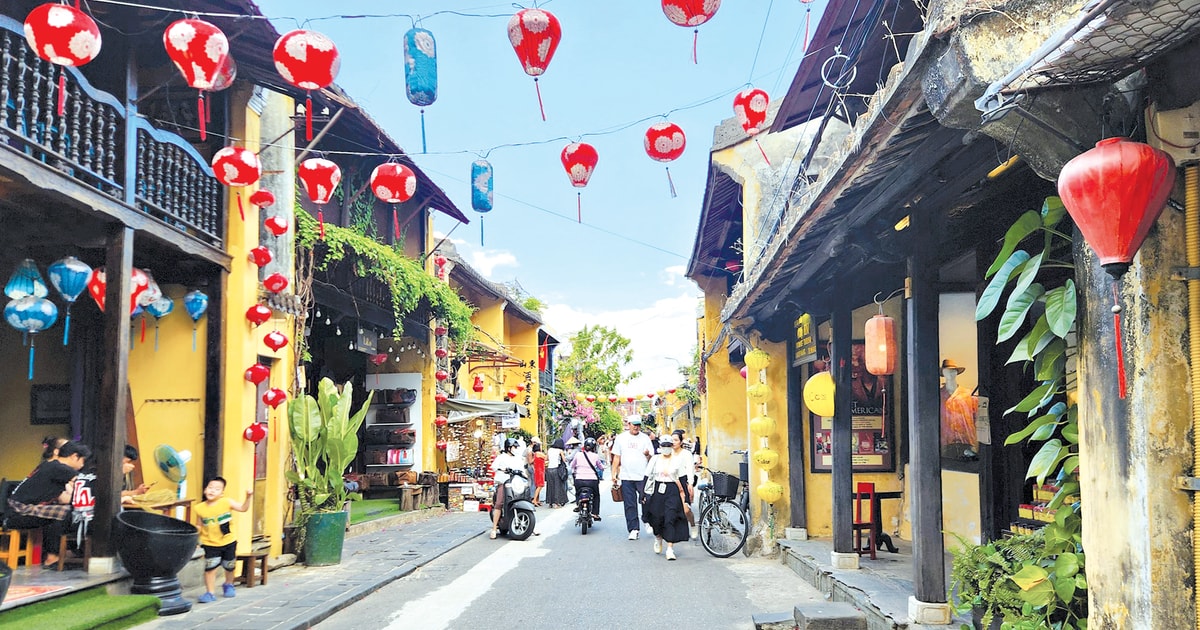

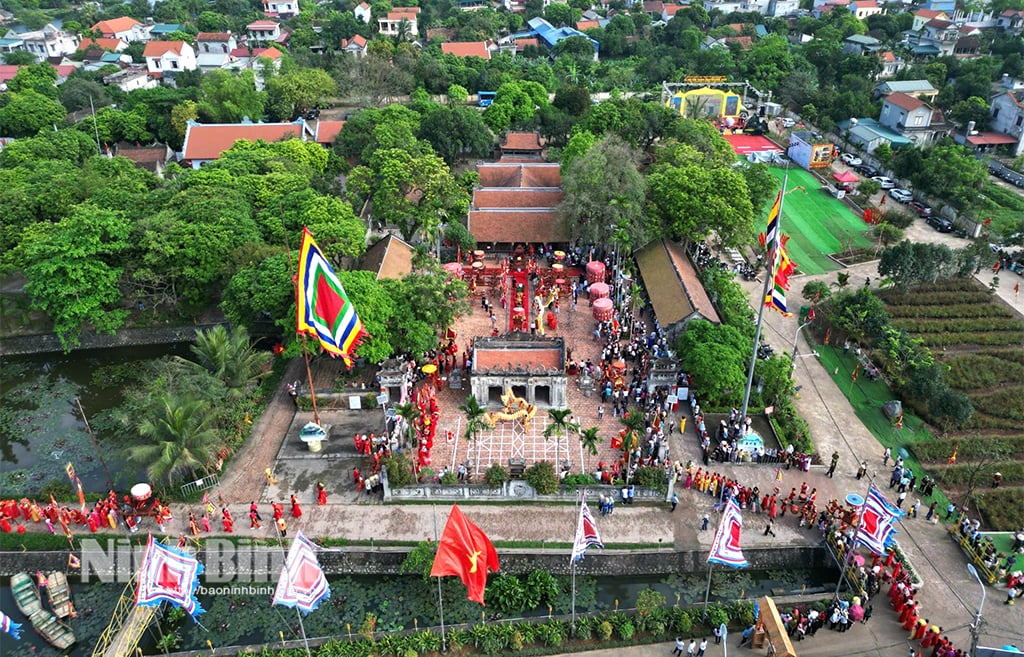
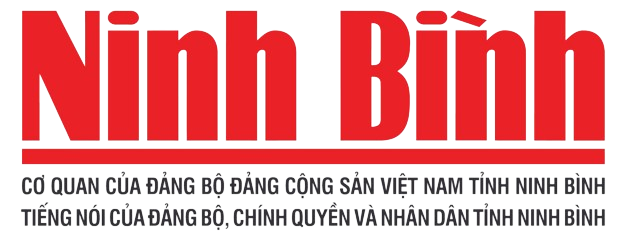
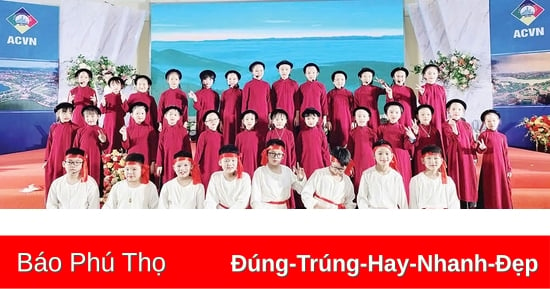

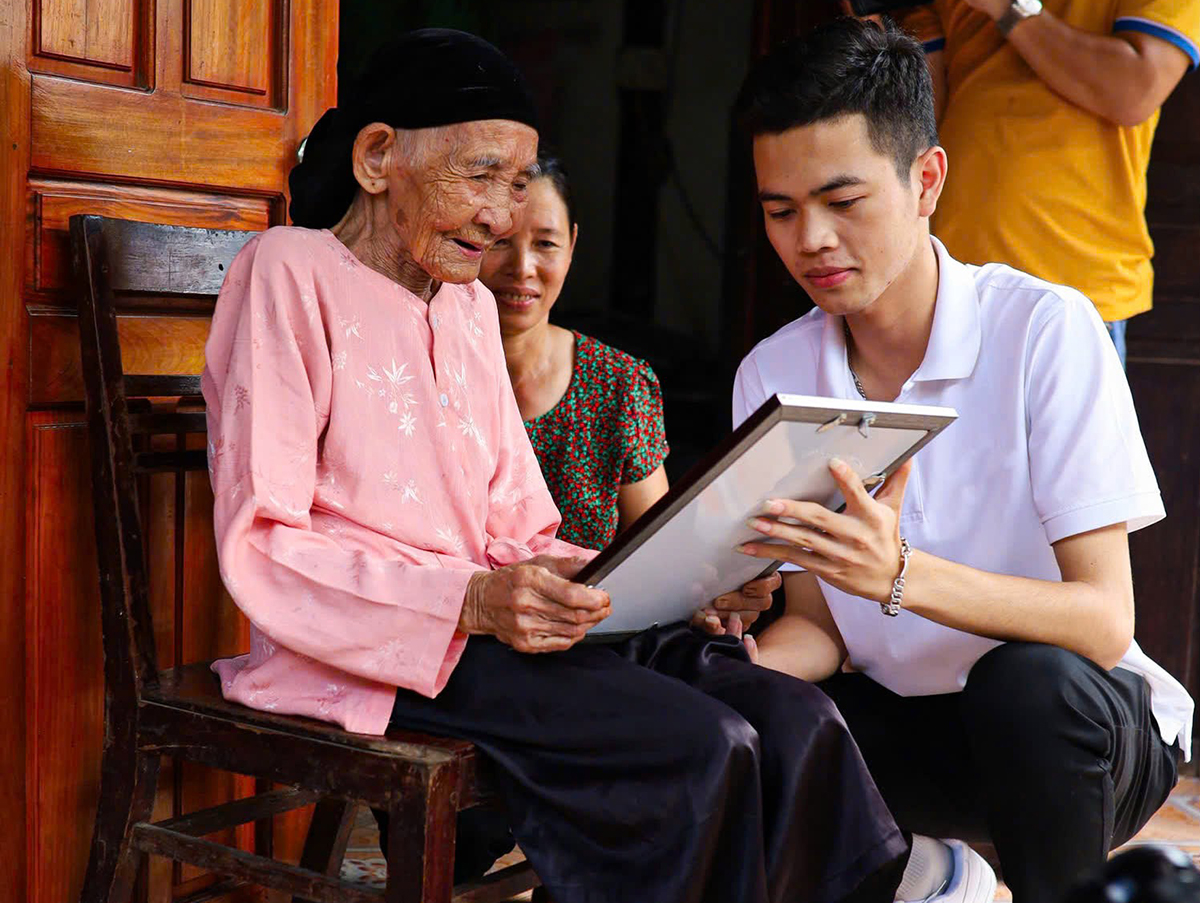

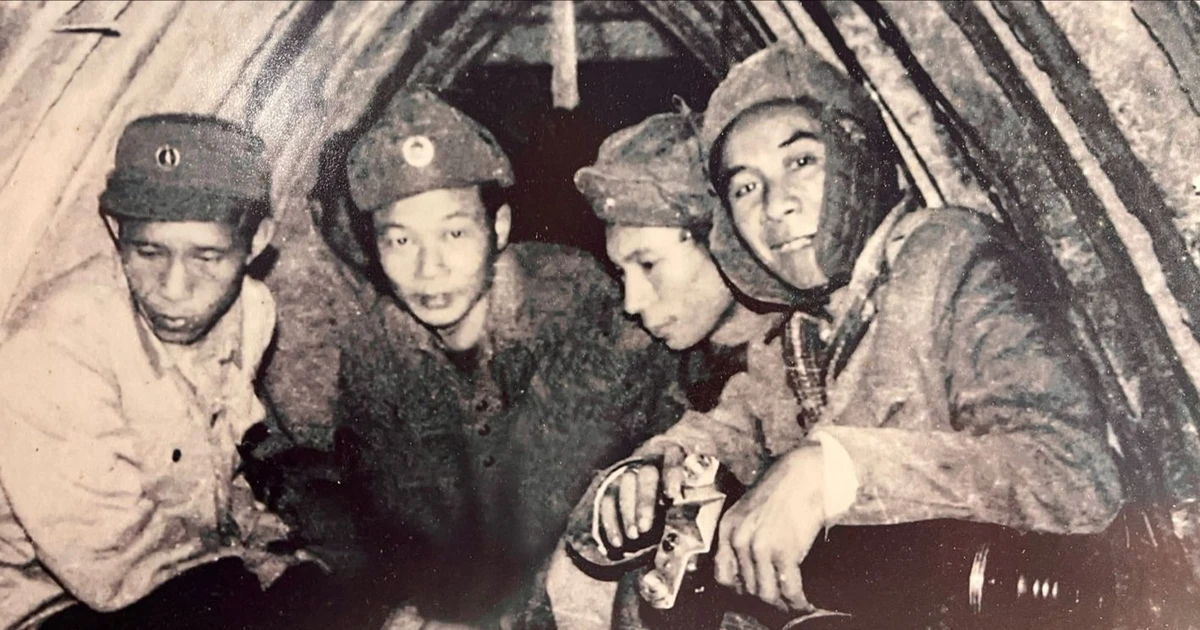

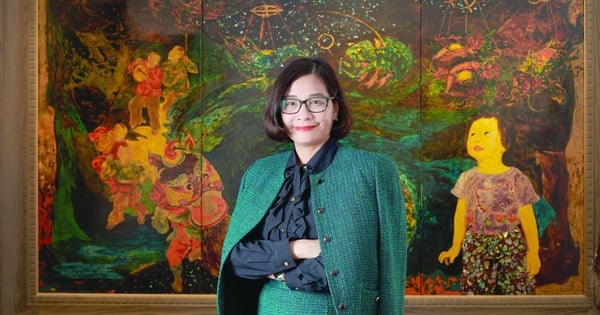

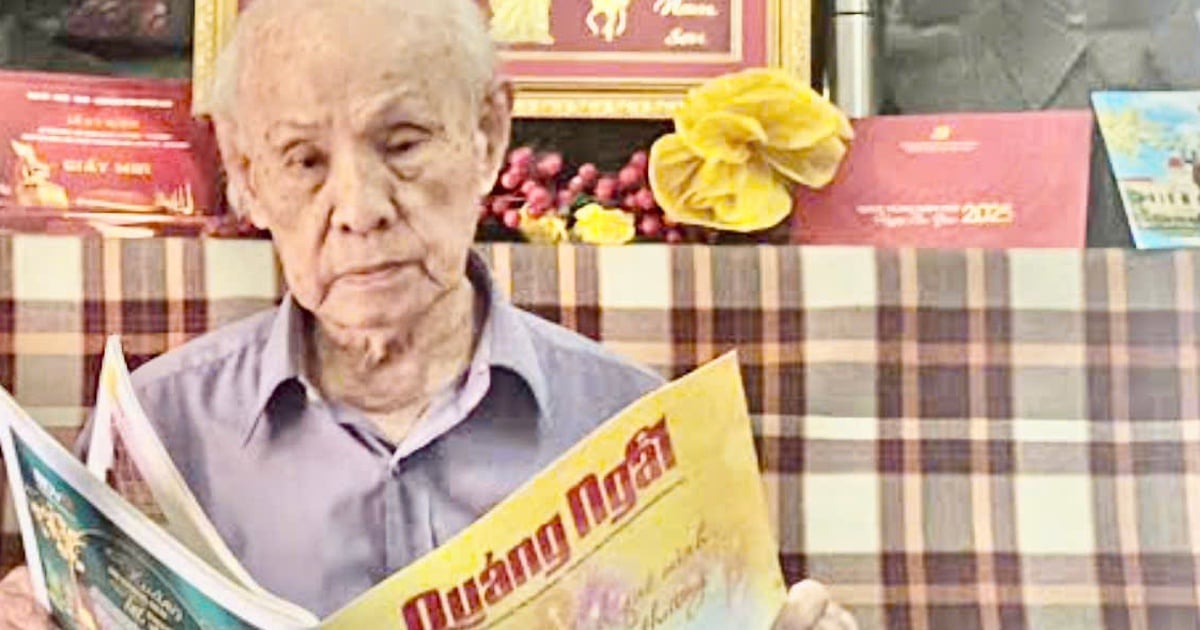
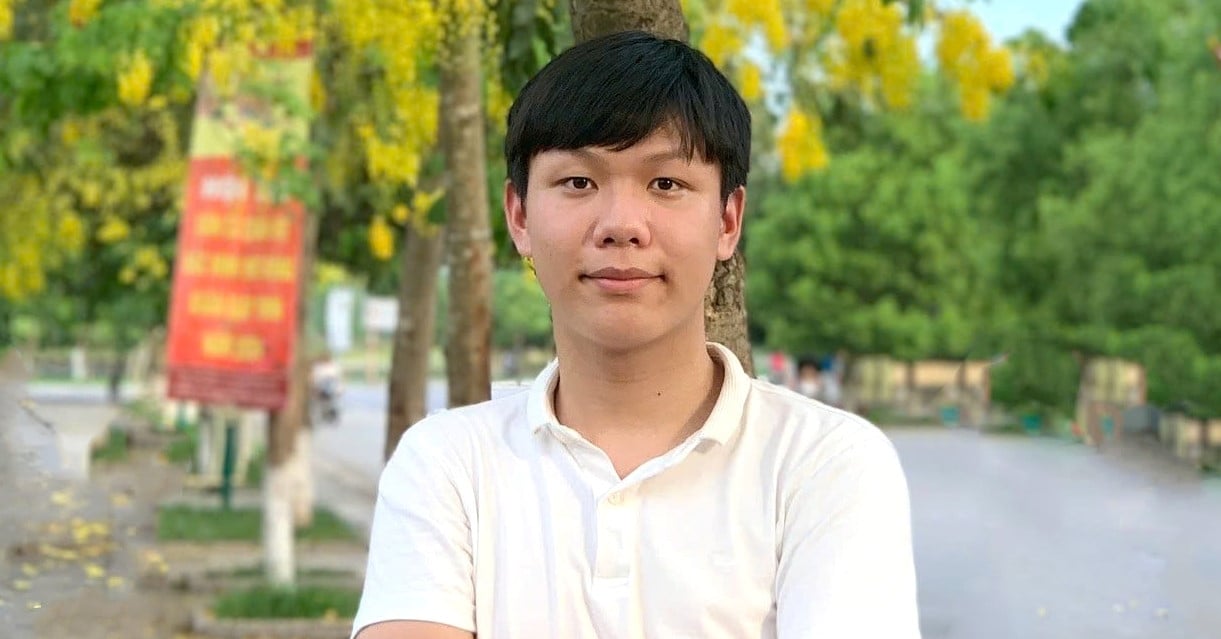

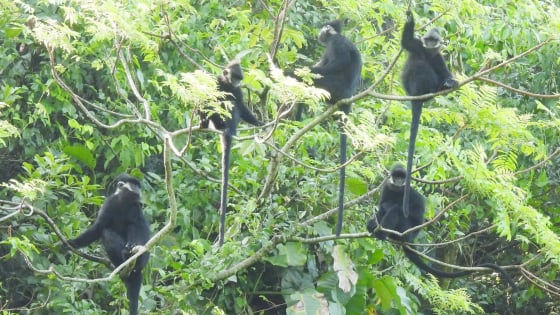

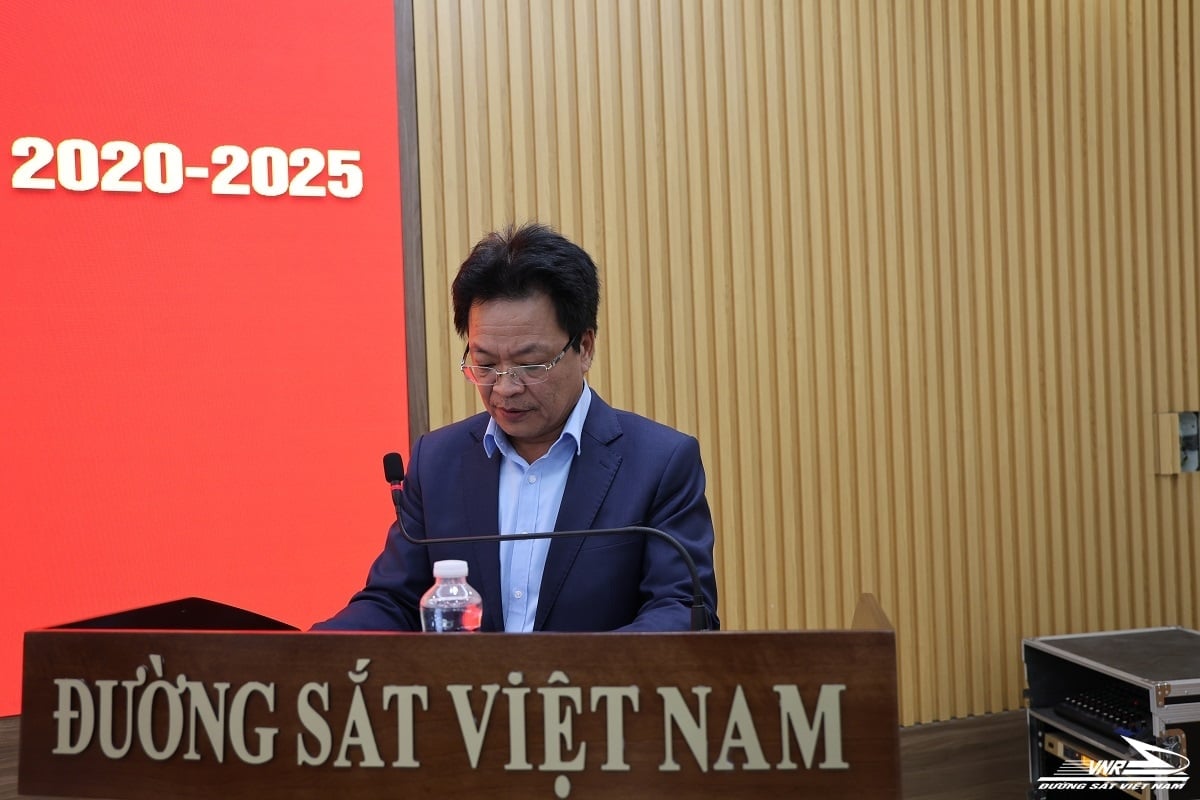
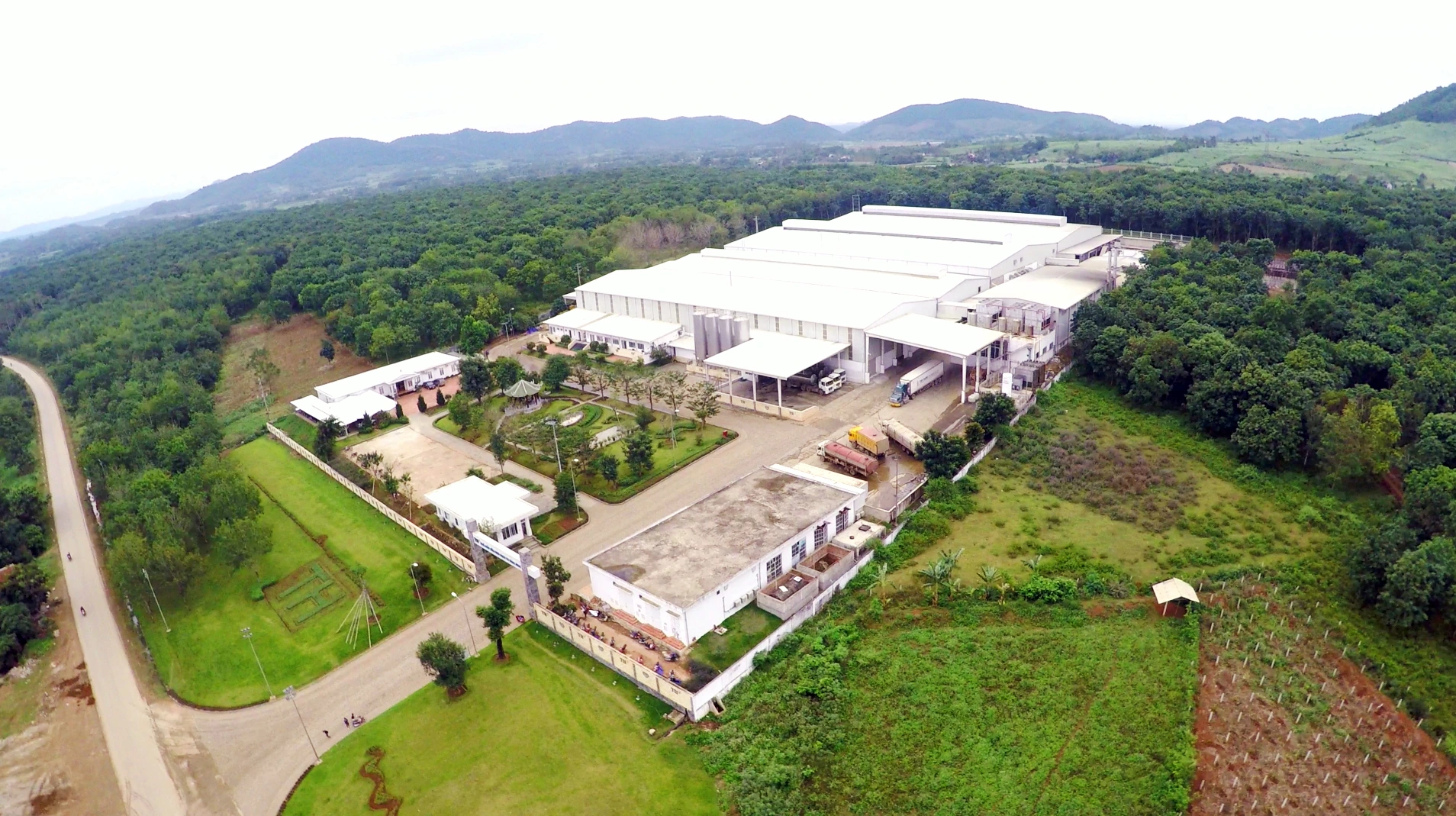
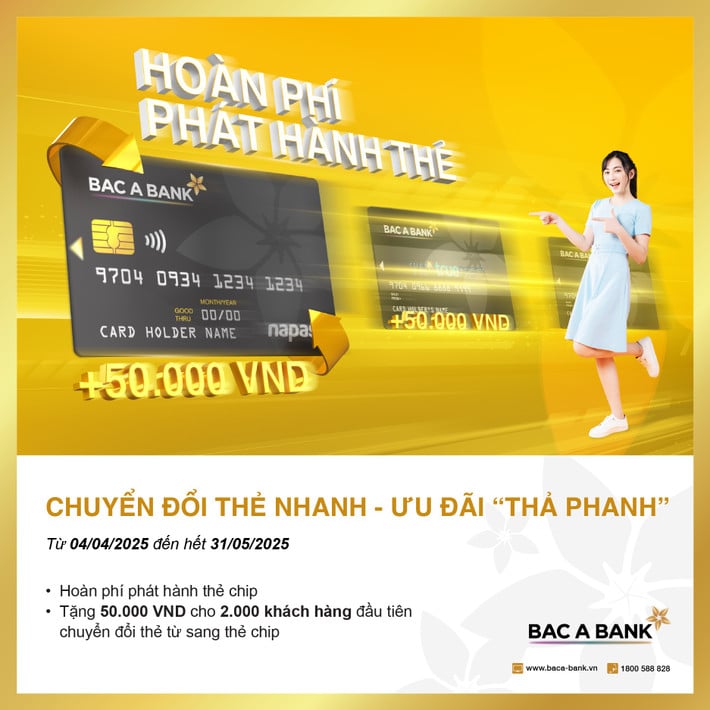


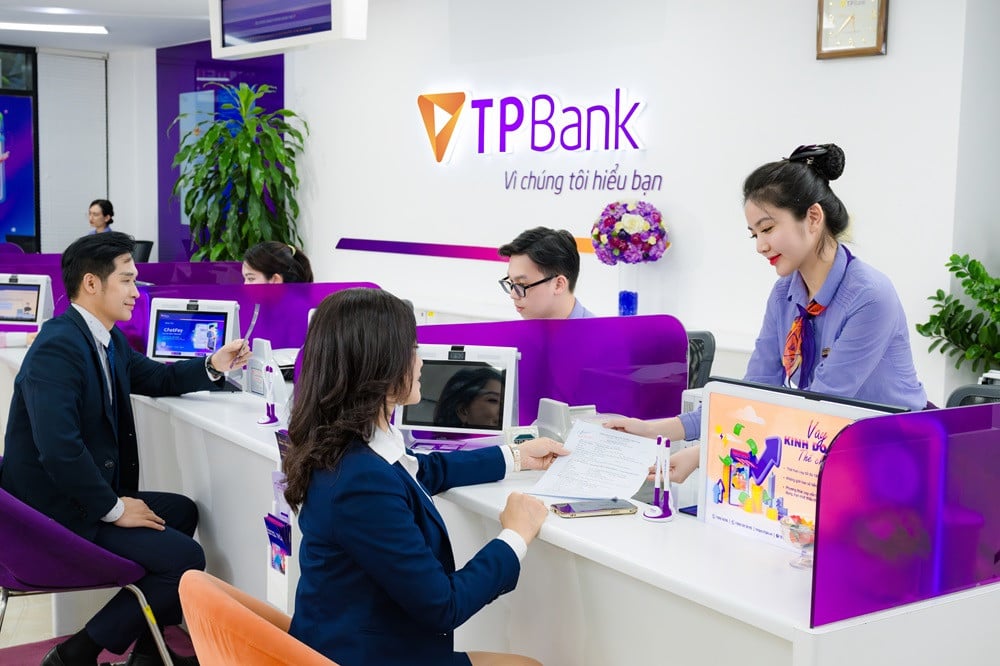
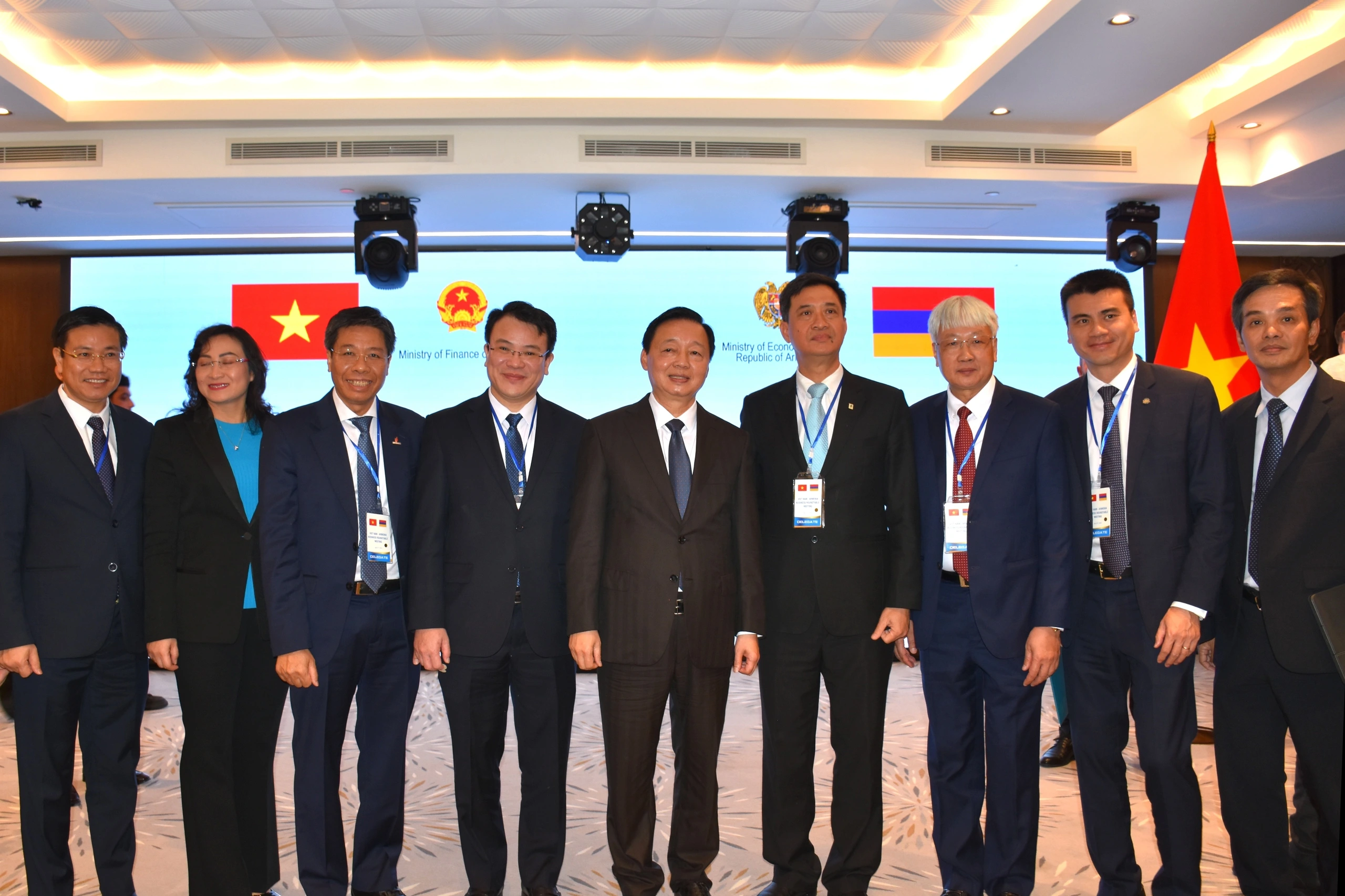
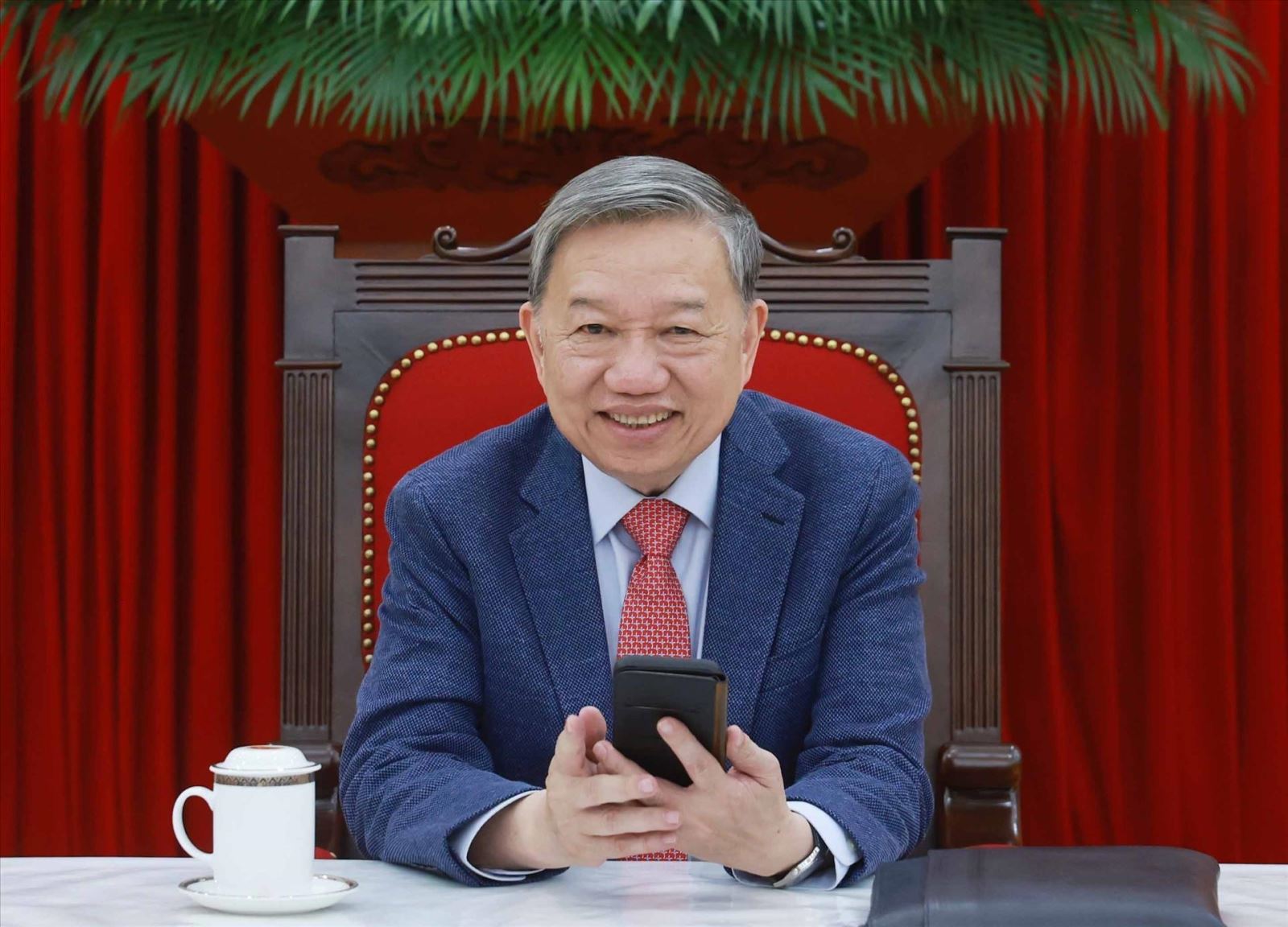






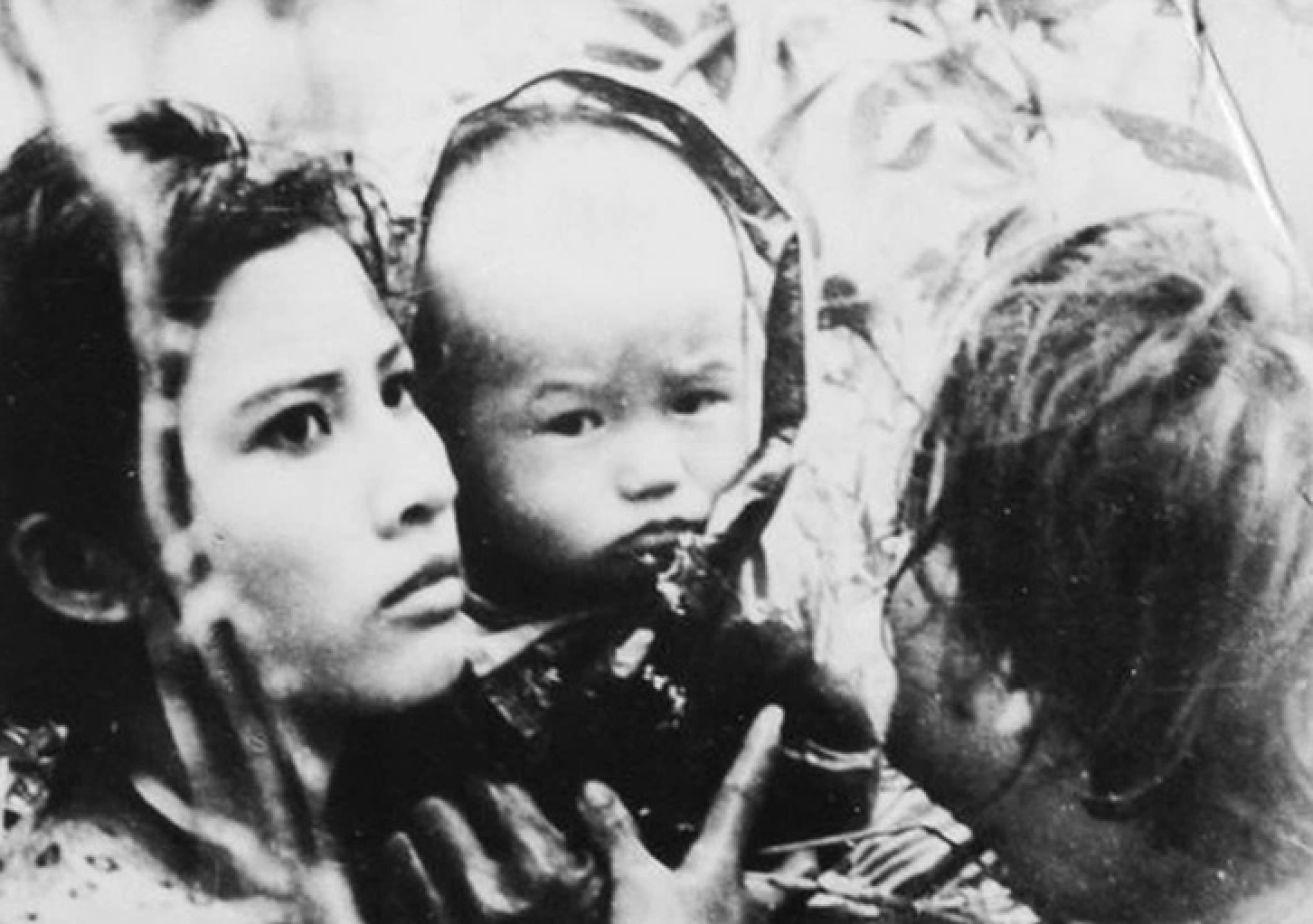






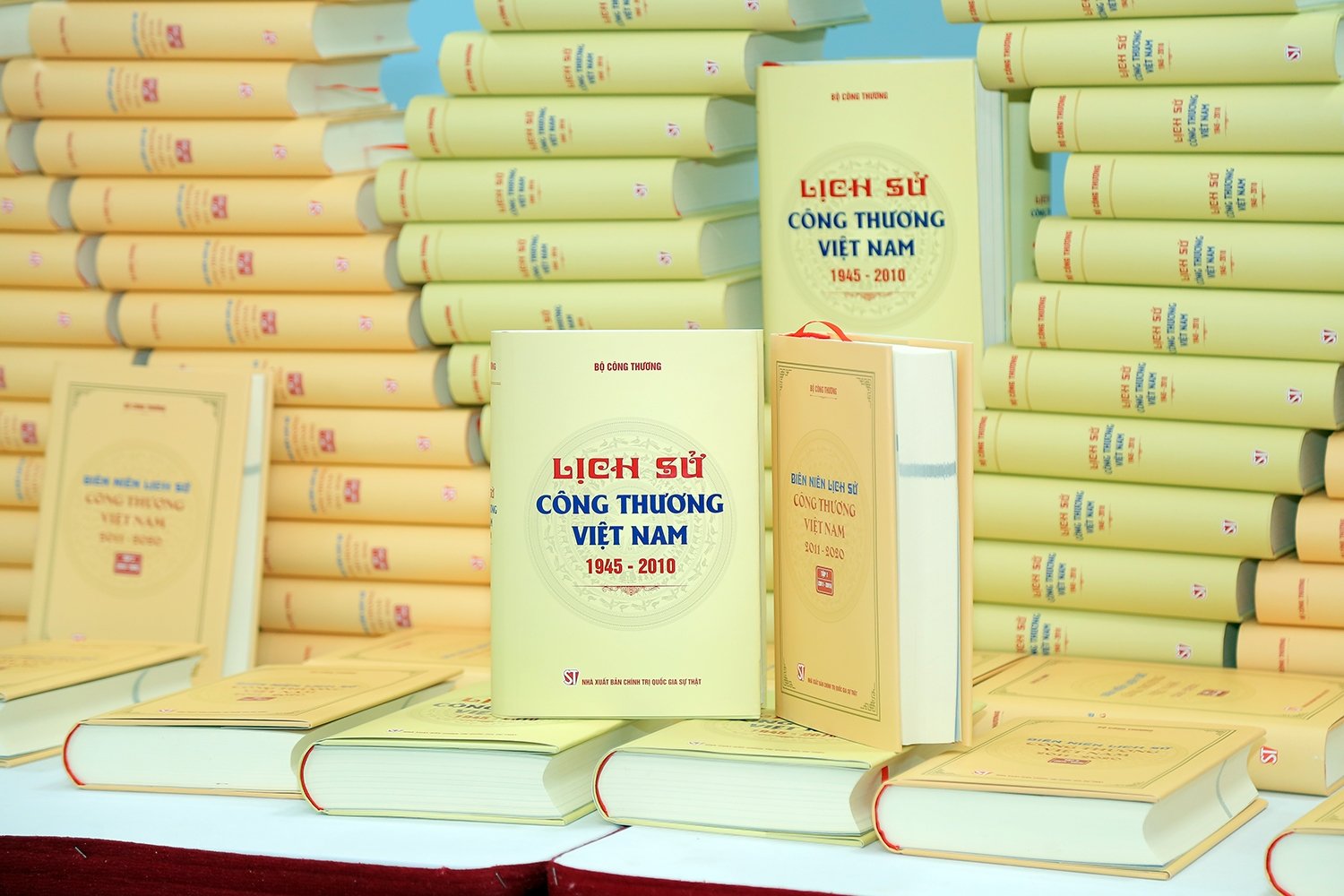
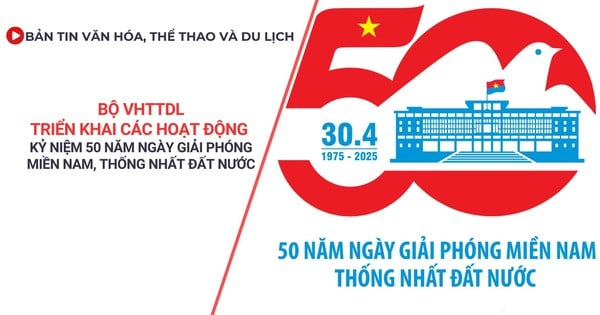

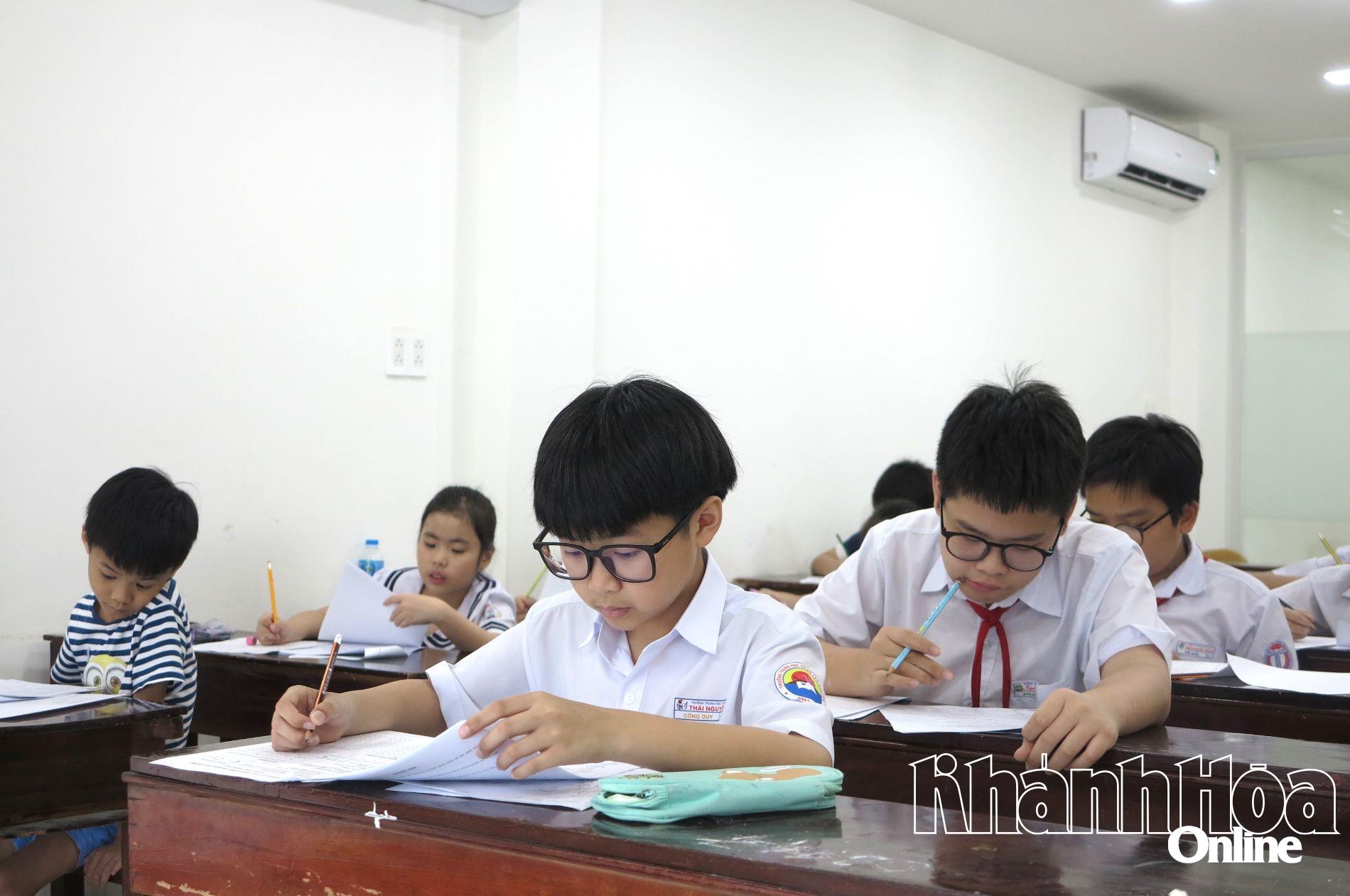

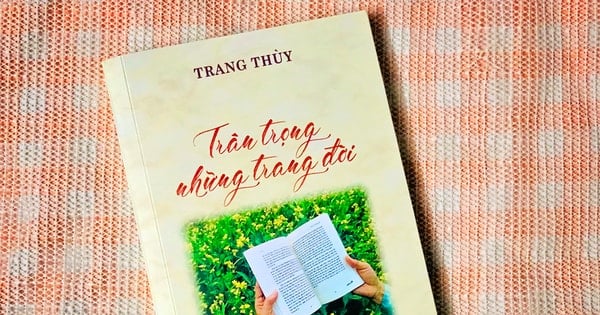


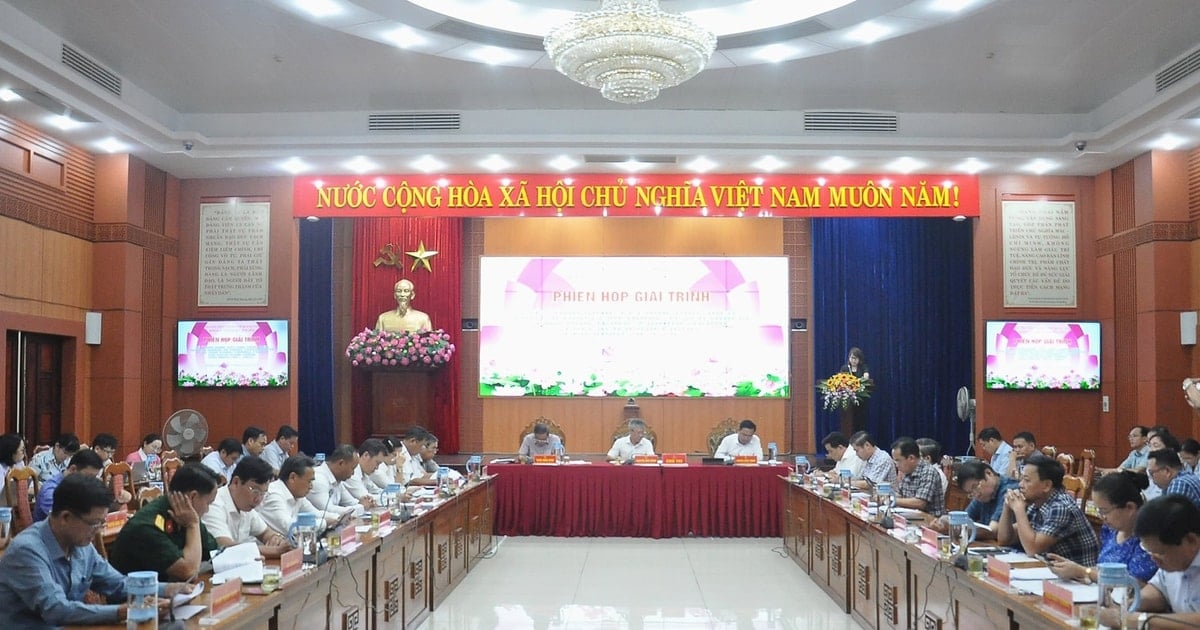
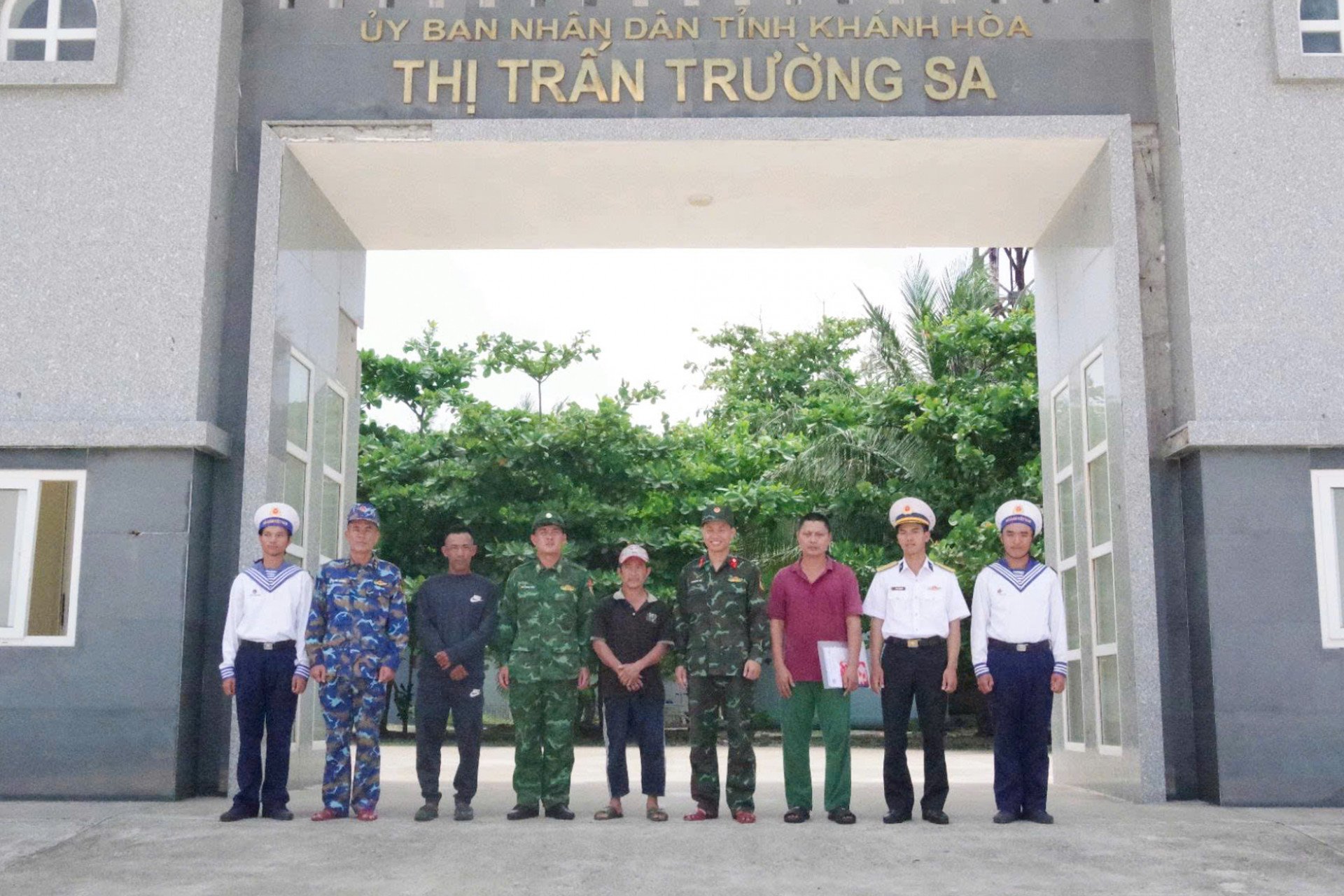
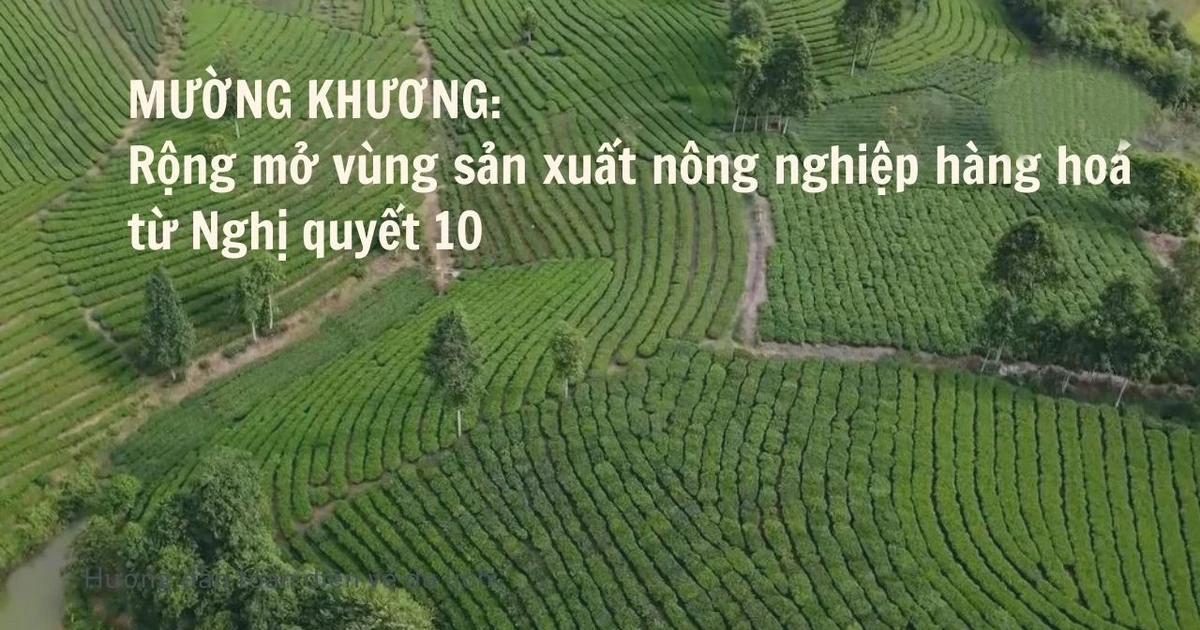

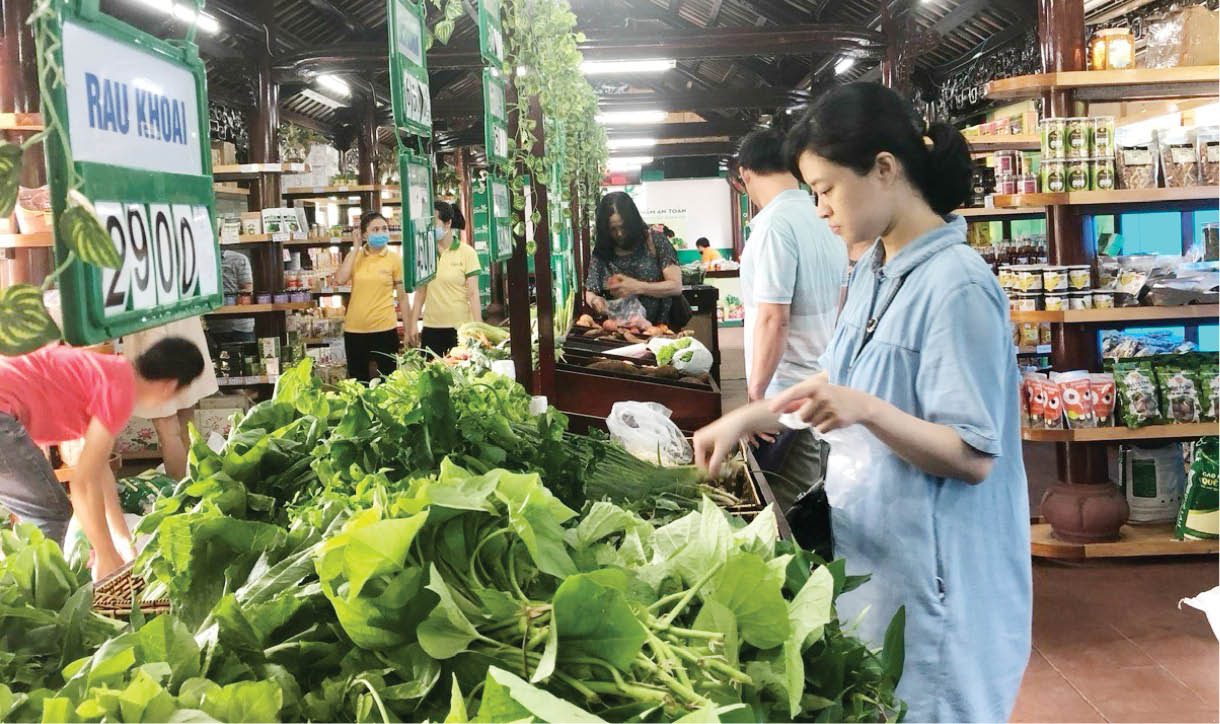

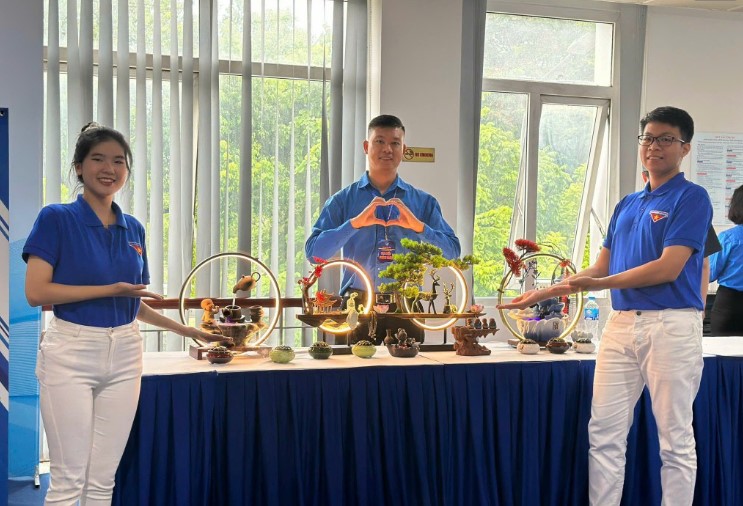
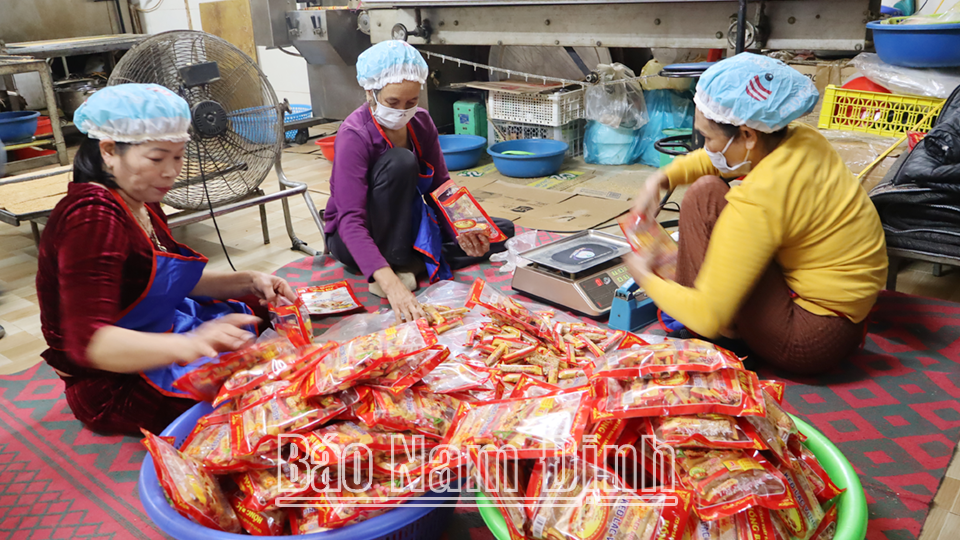

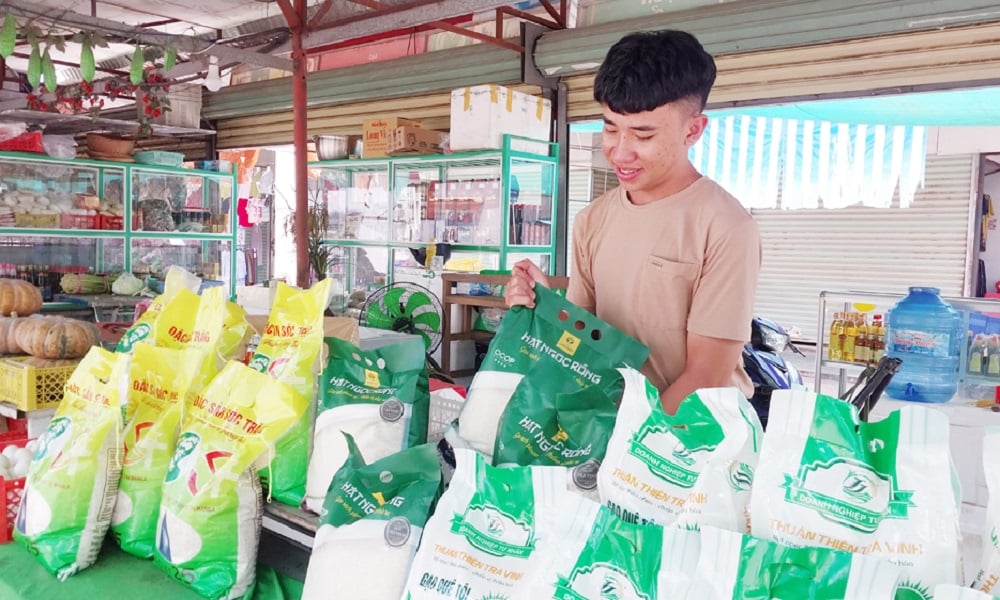
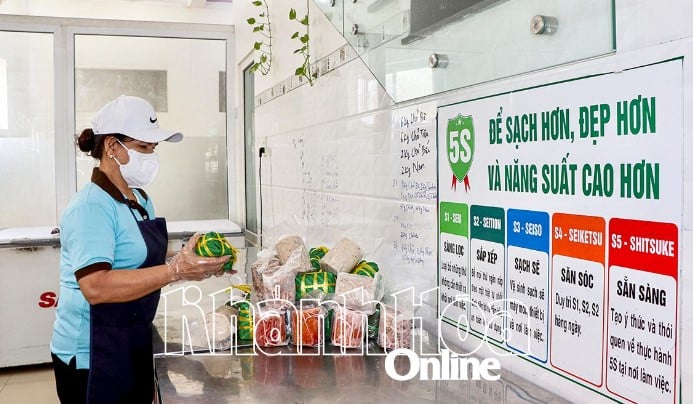
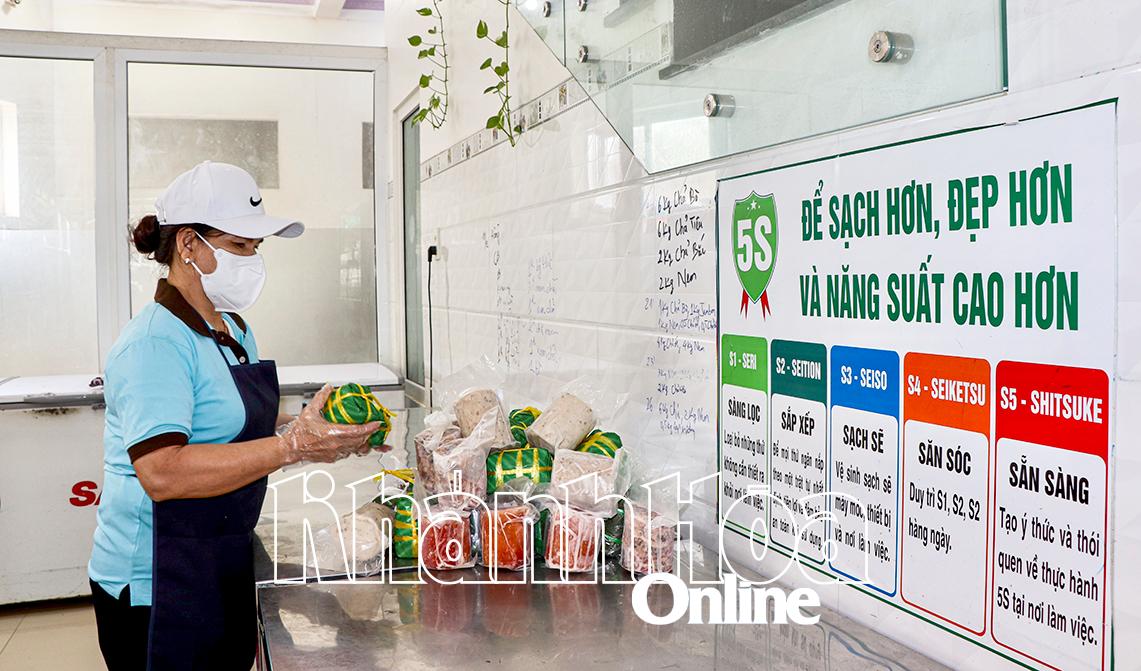
Comment (0)